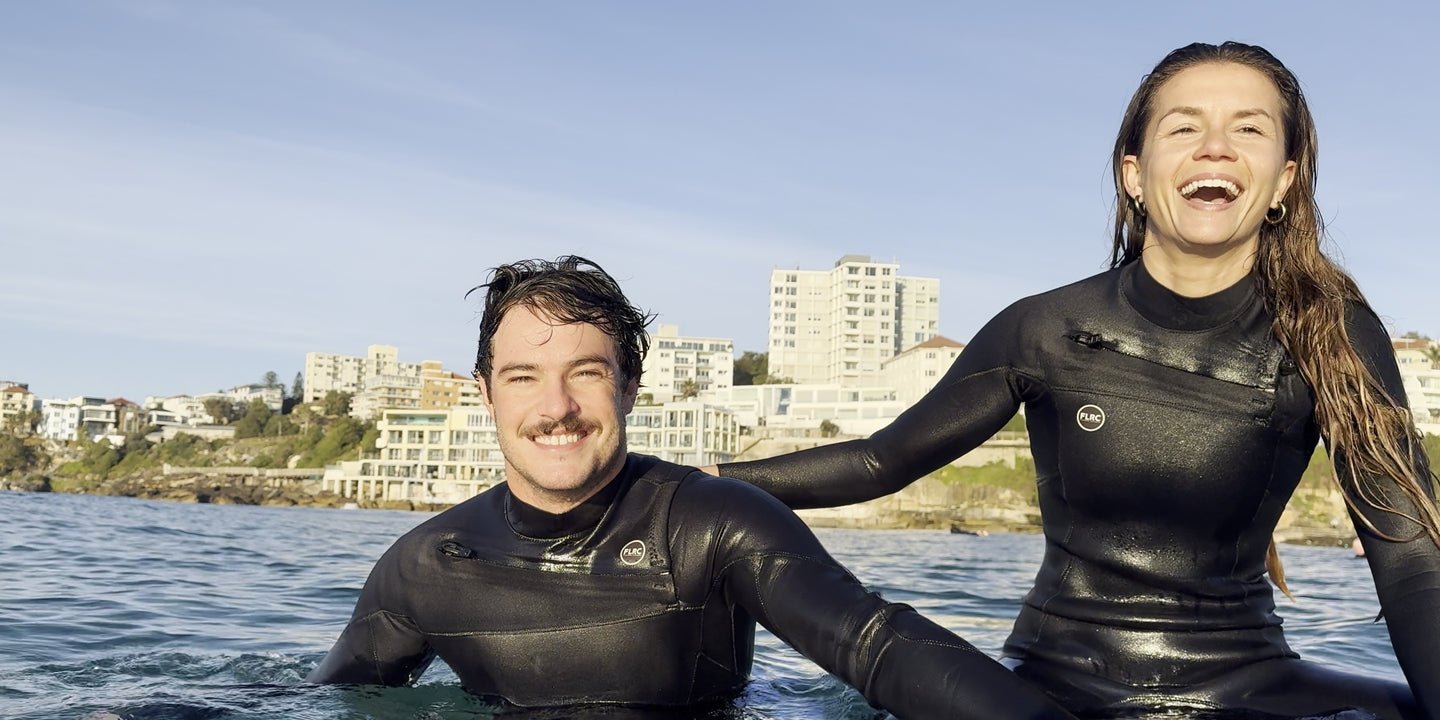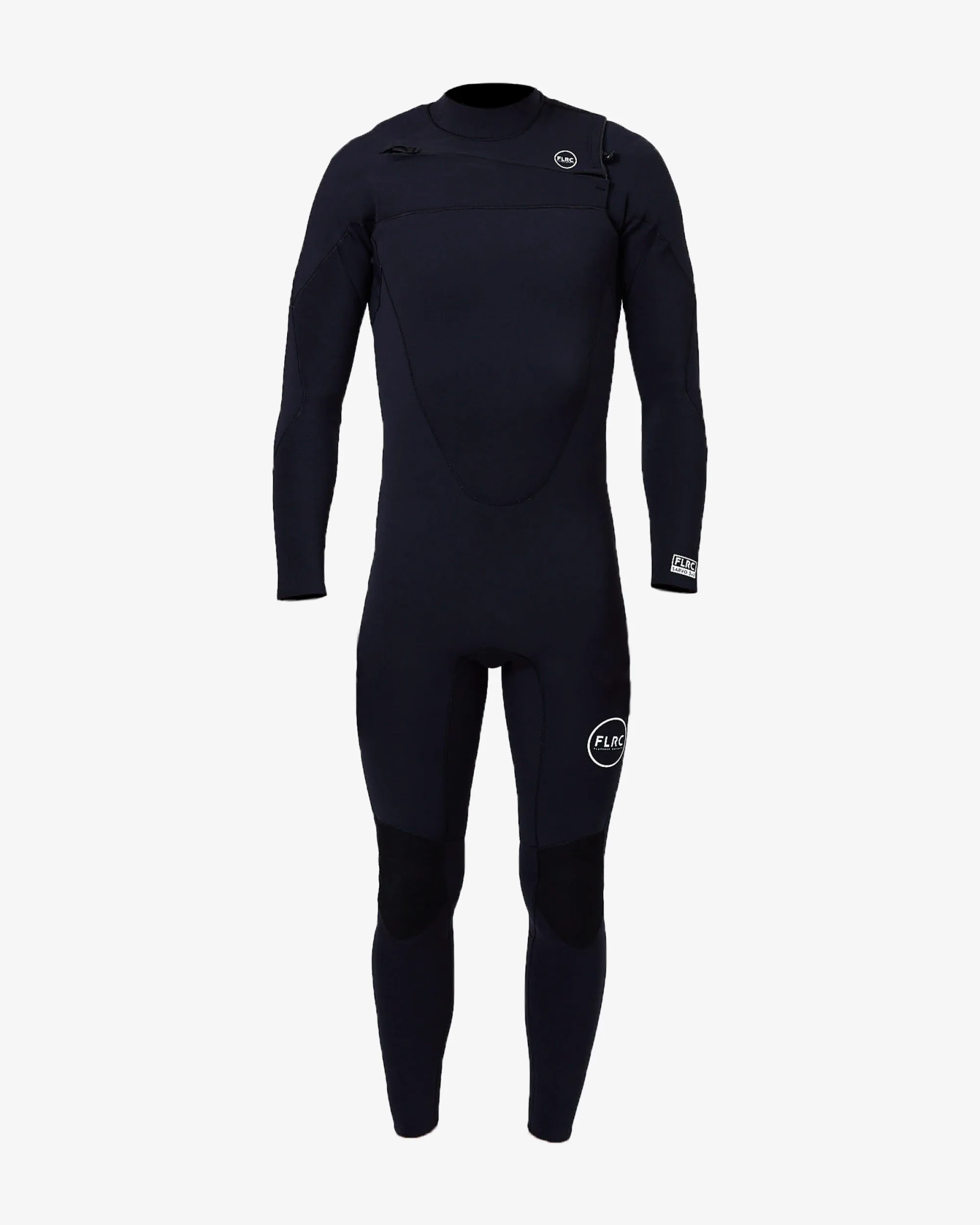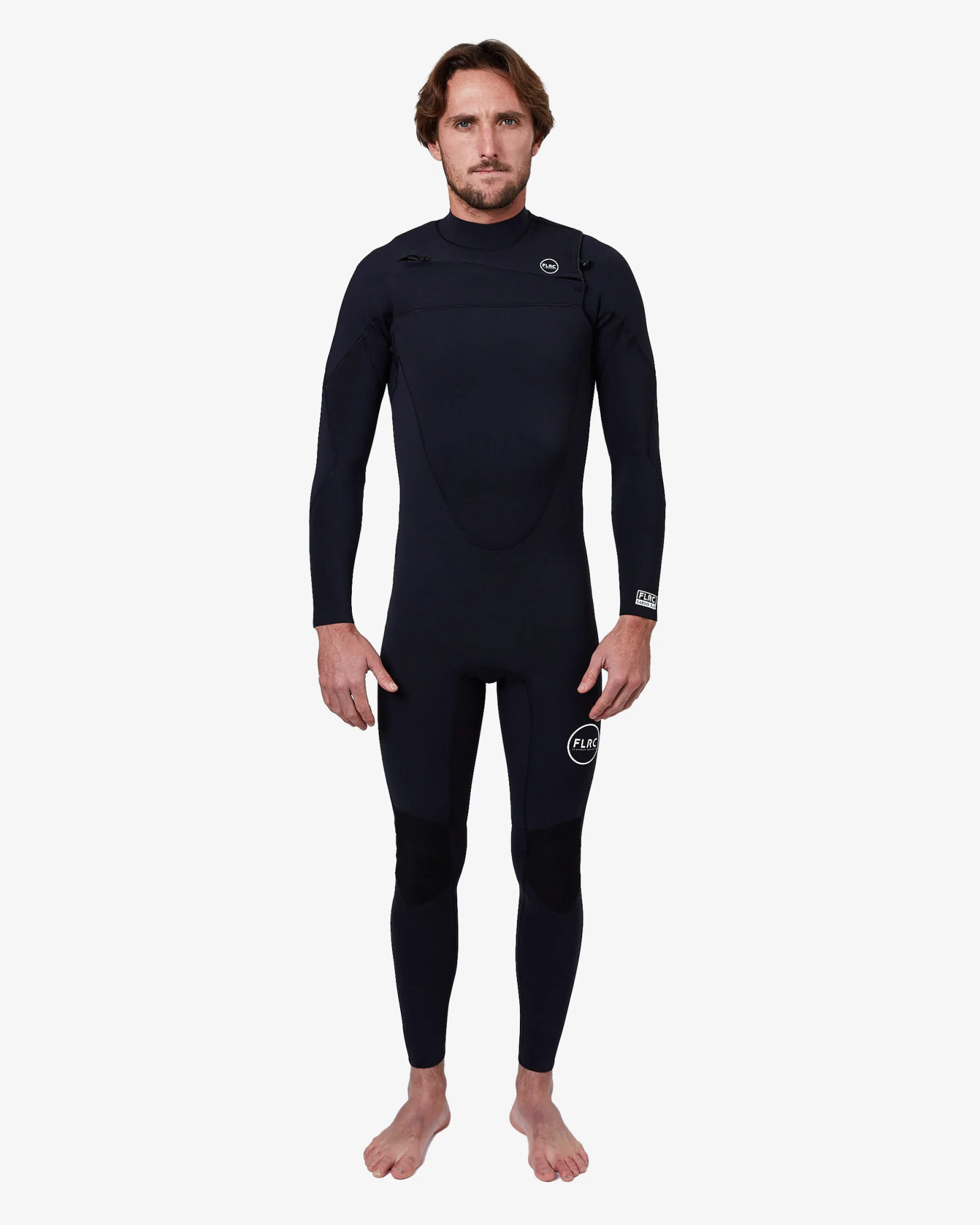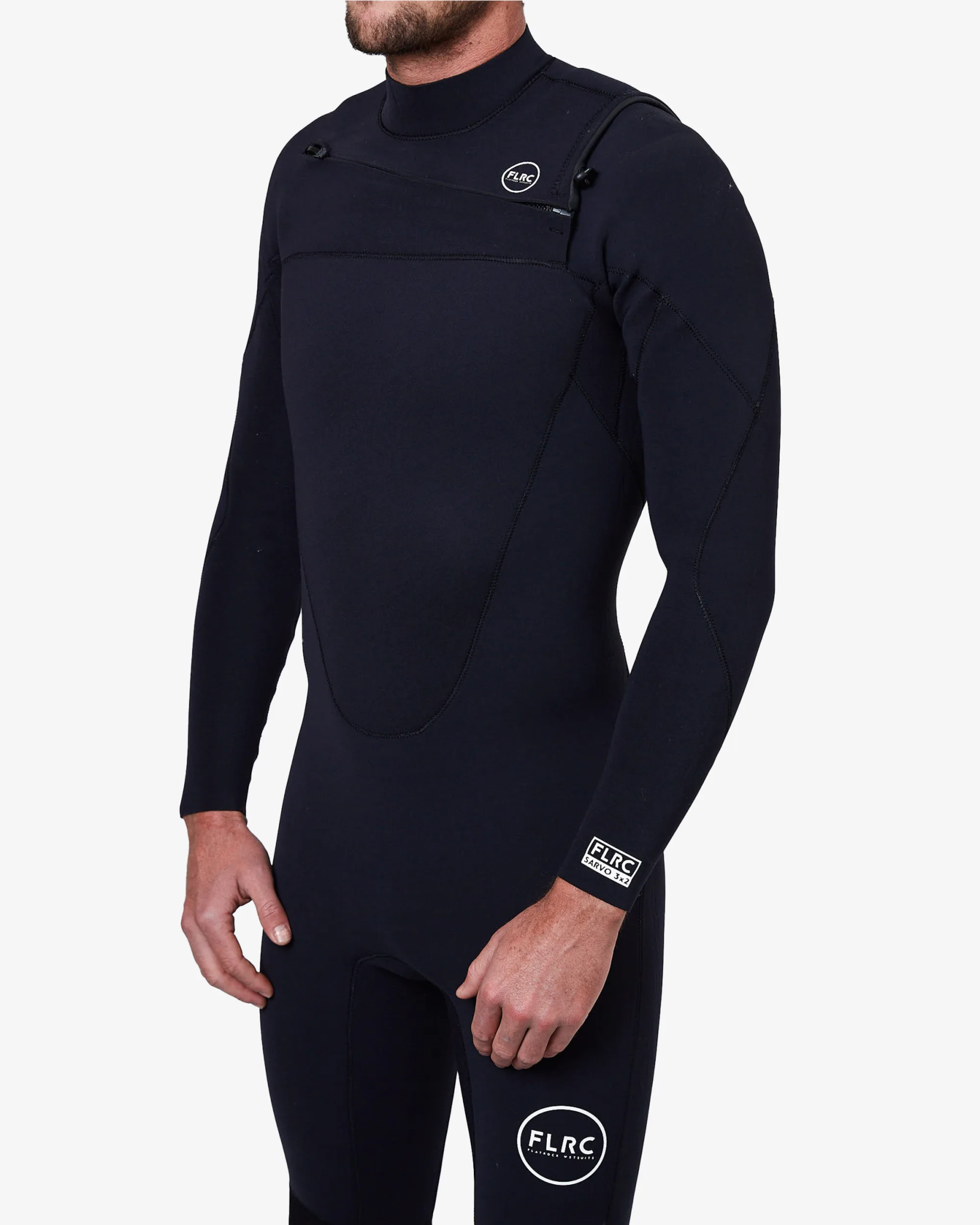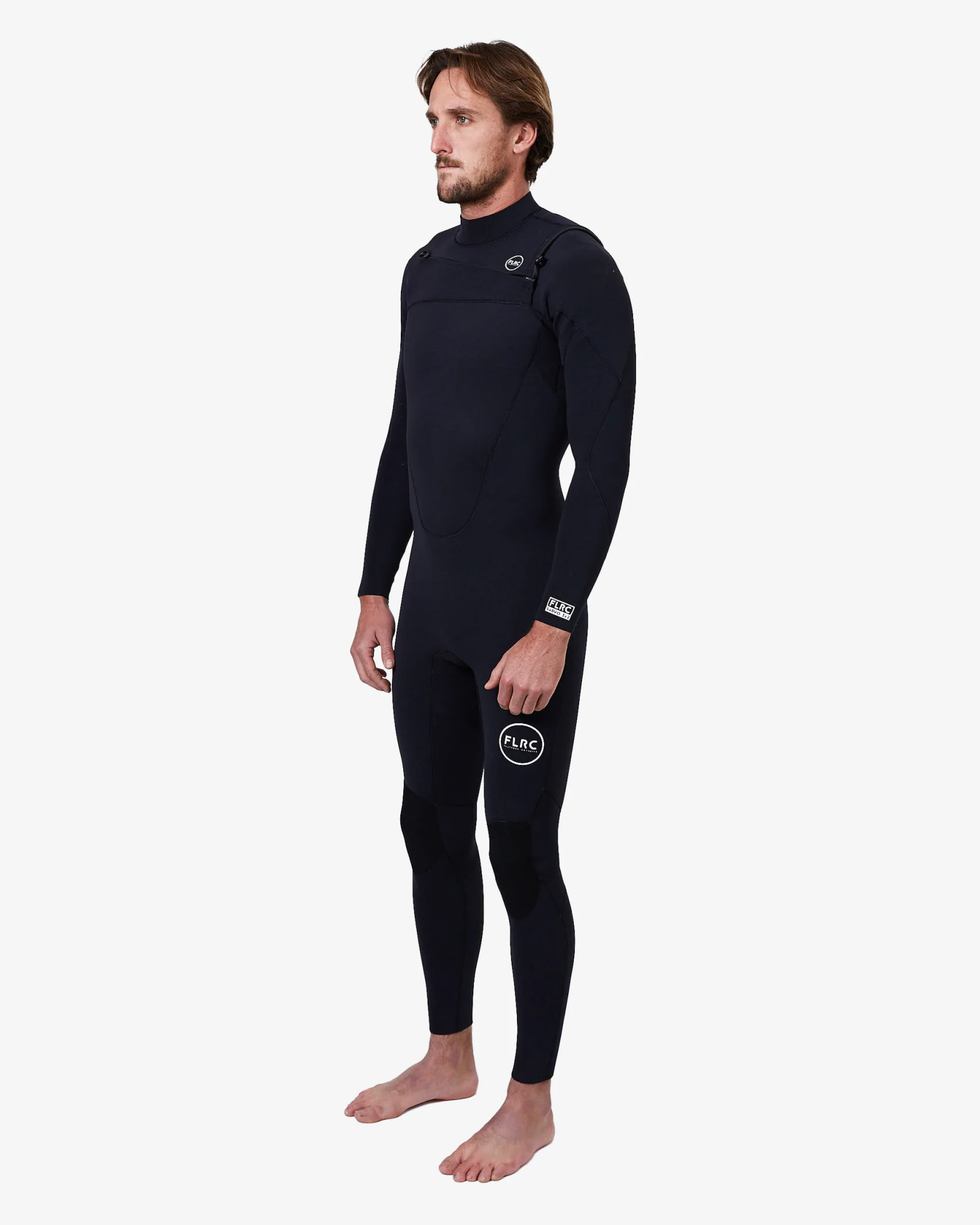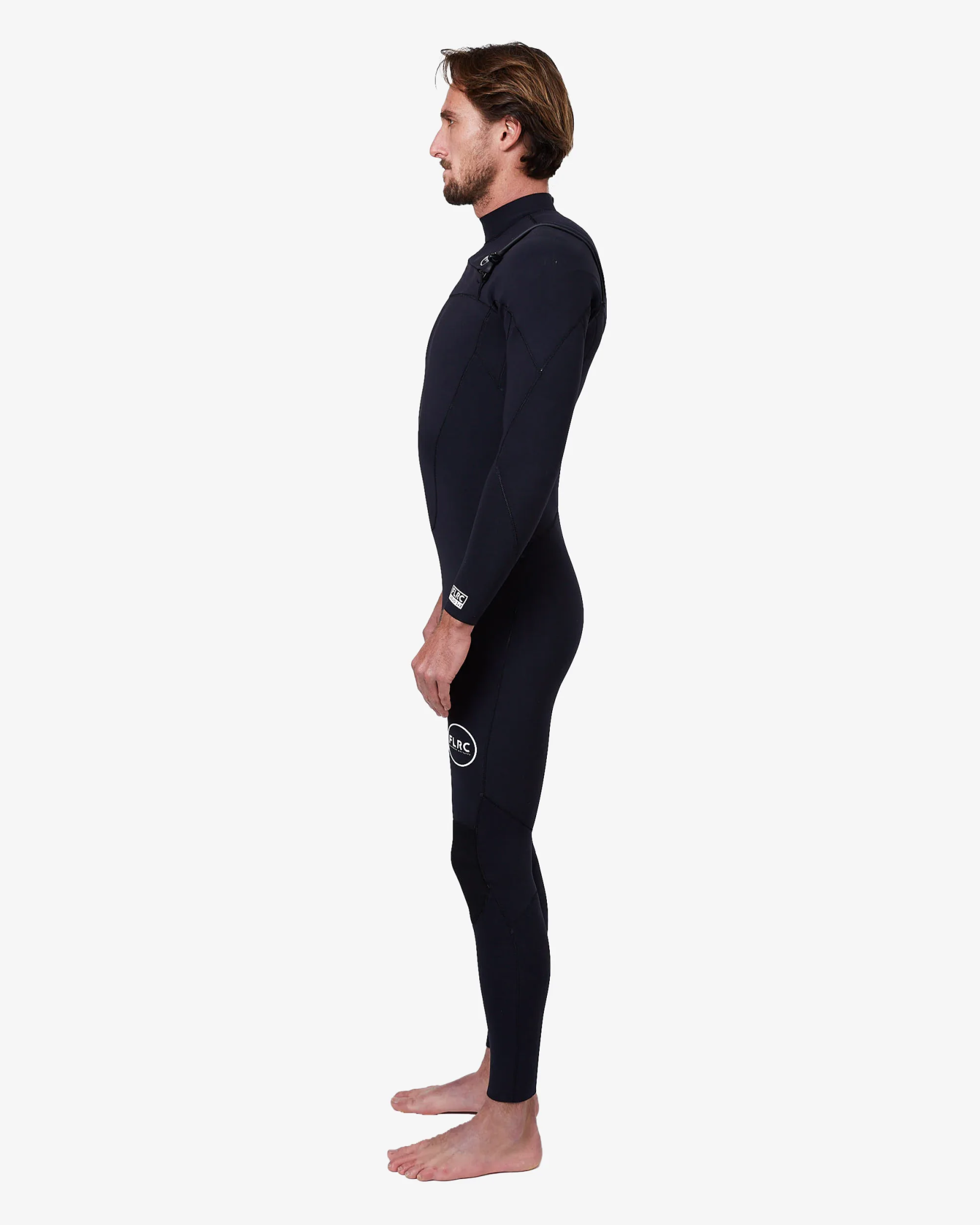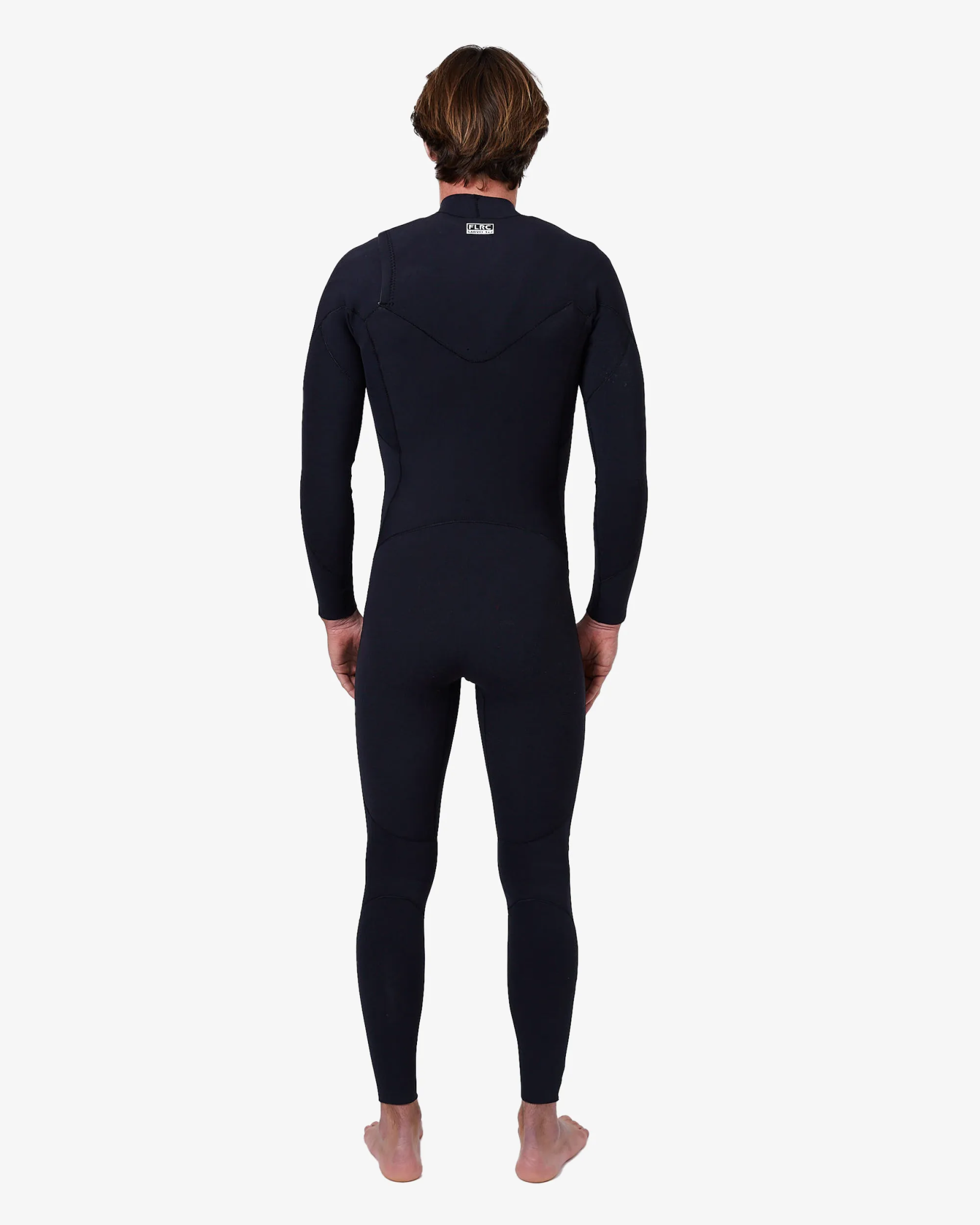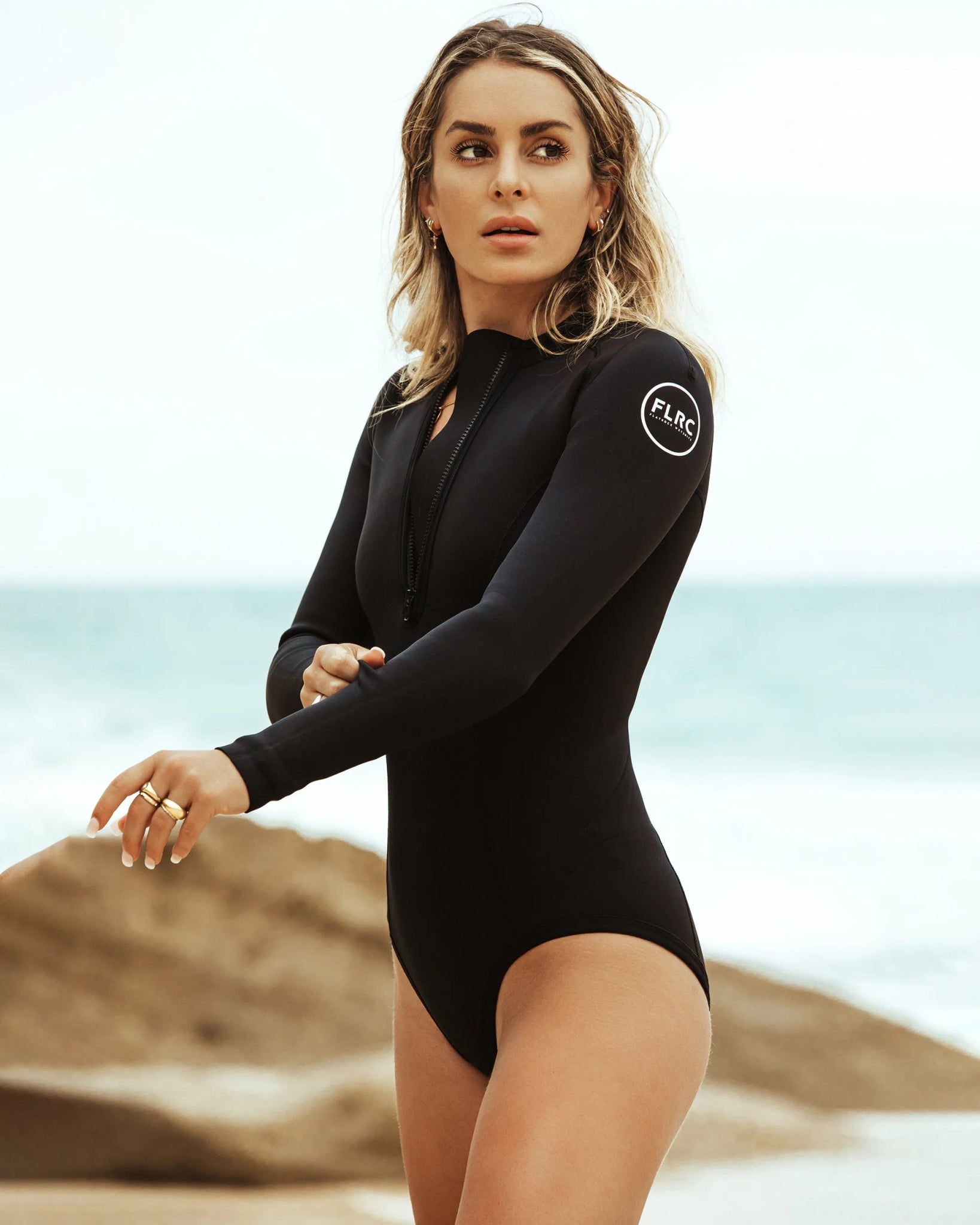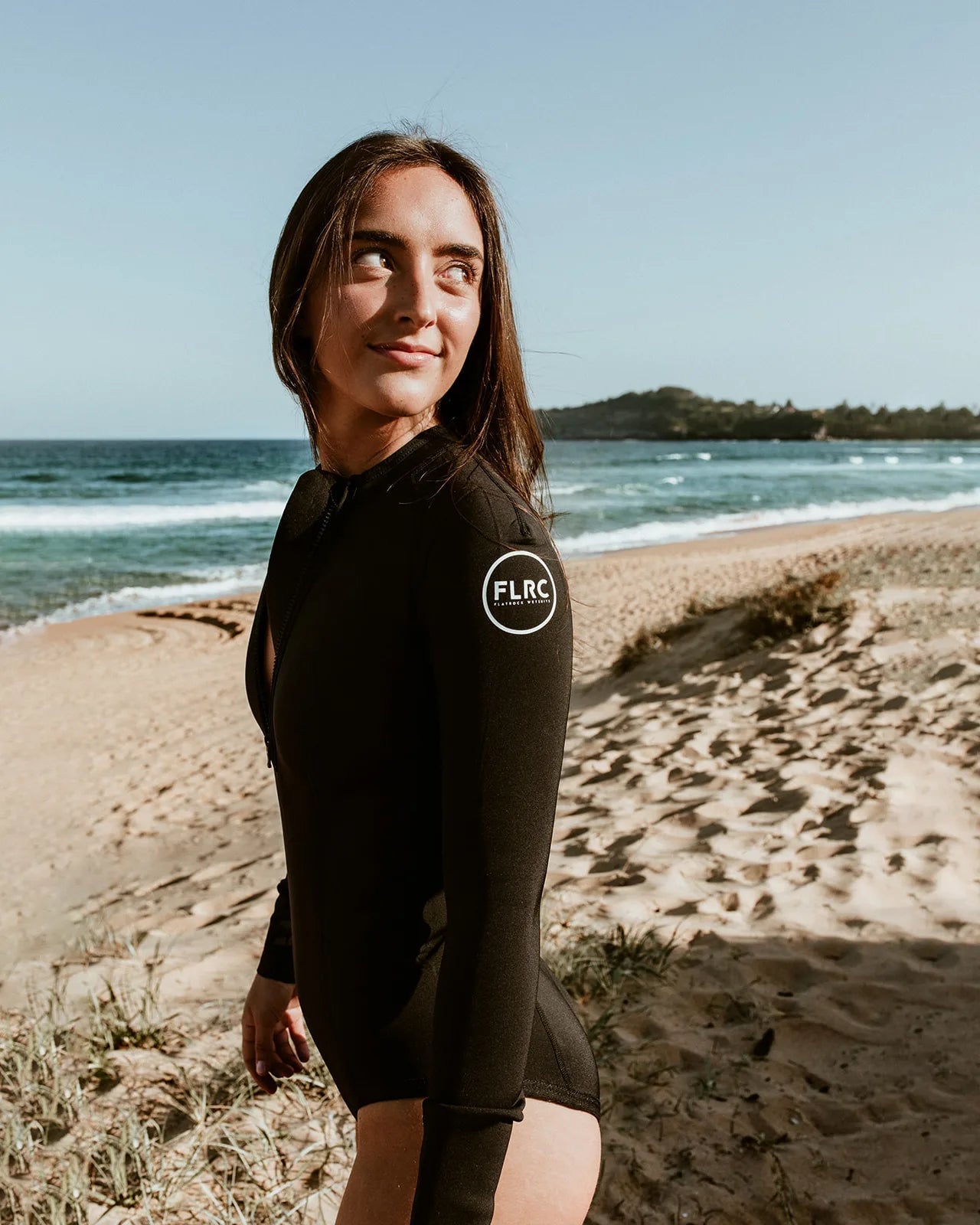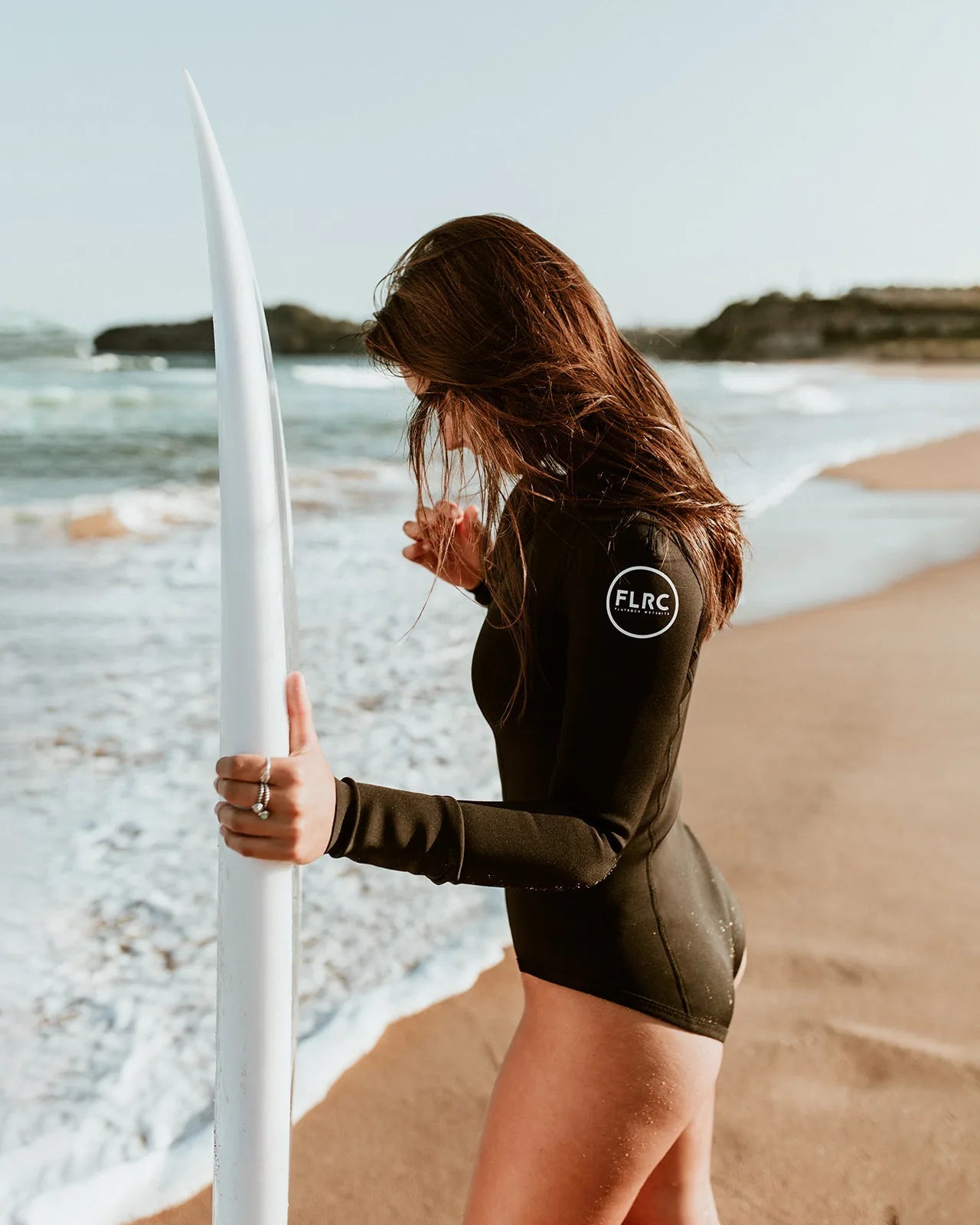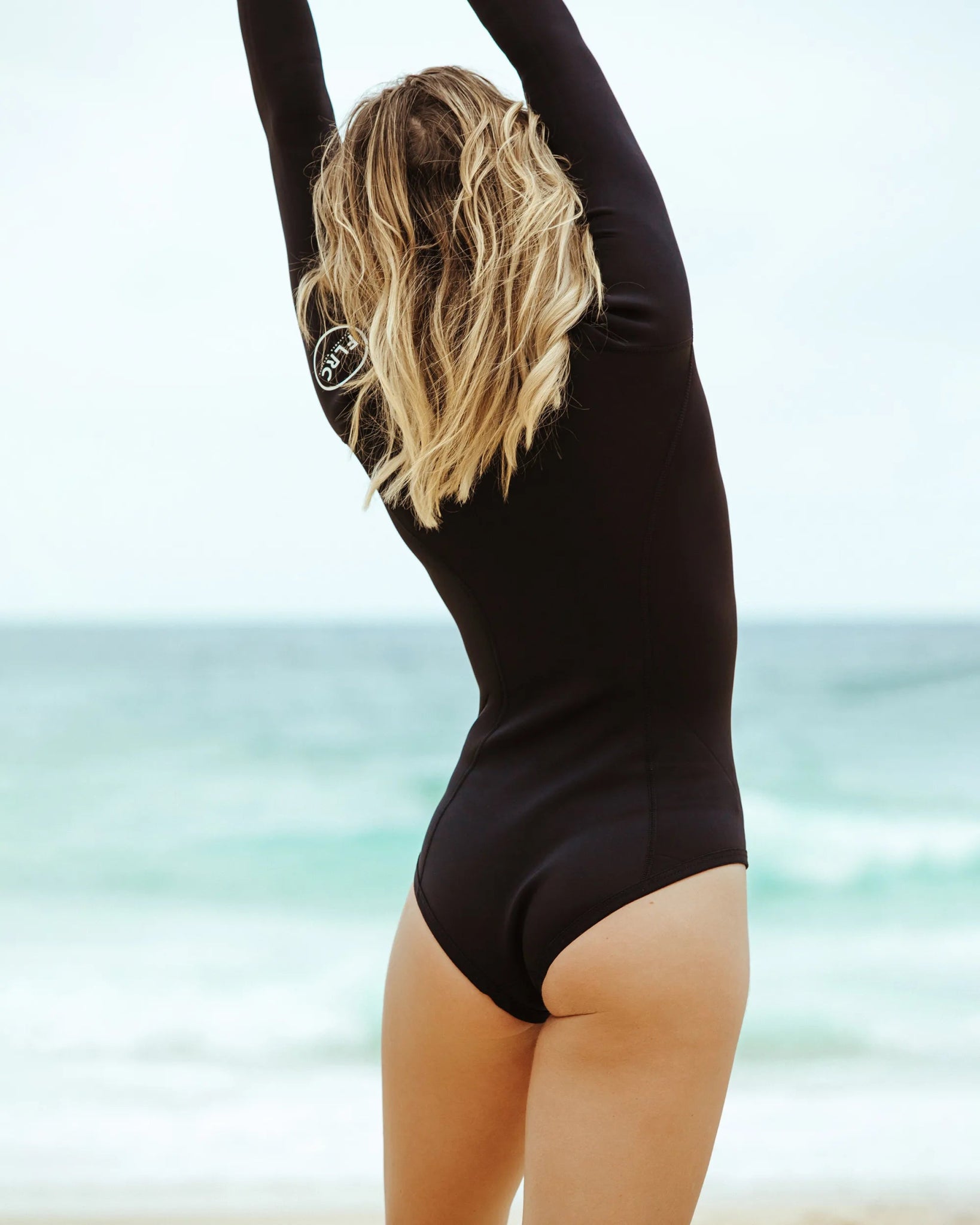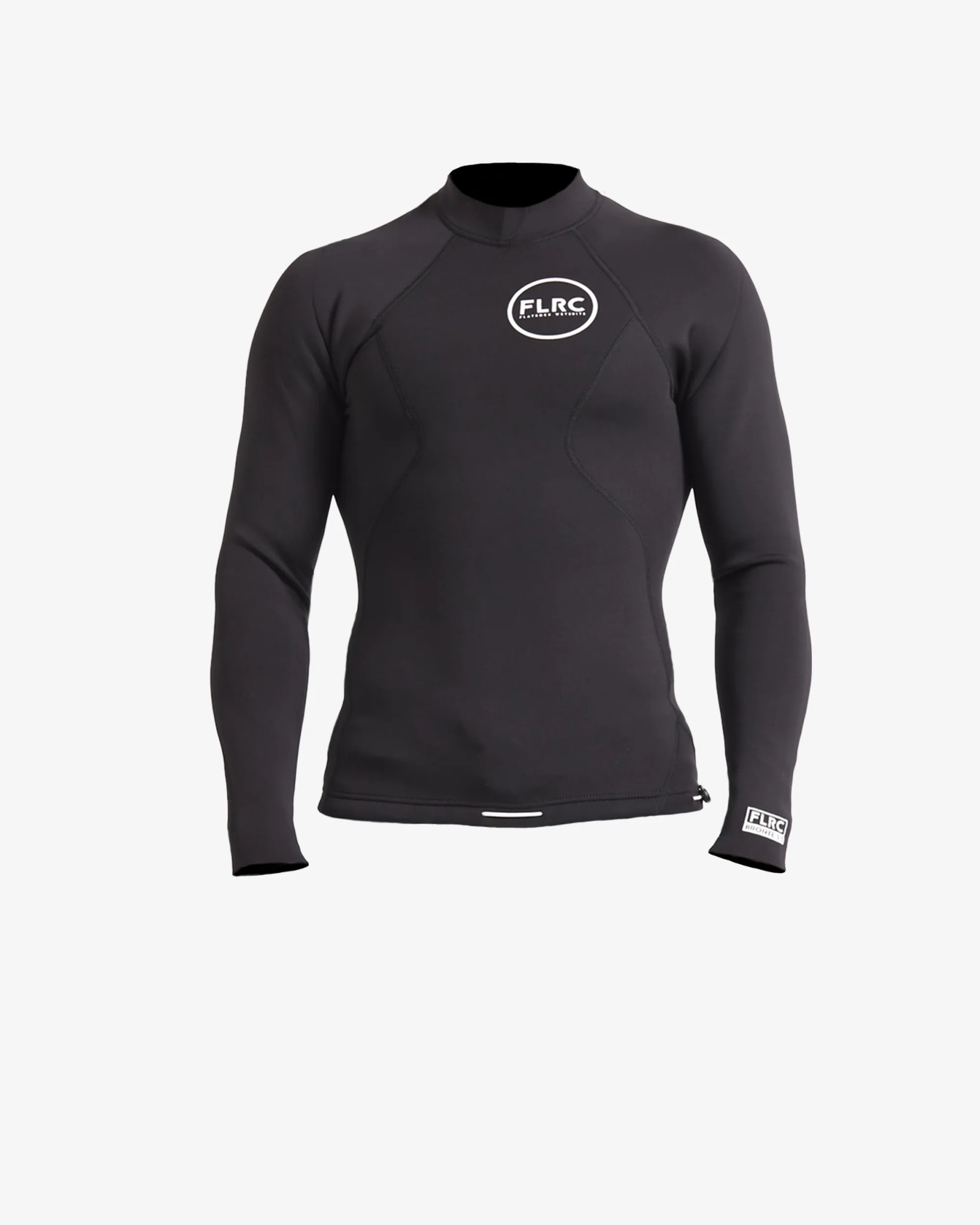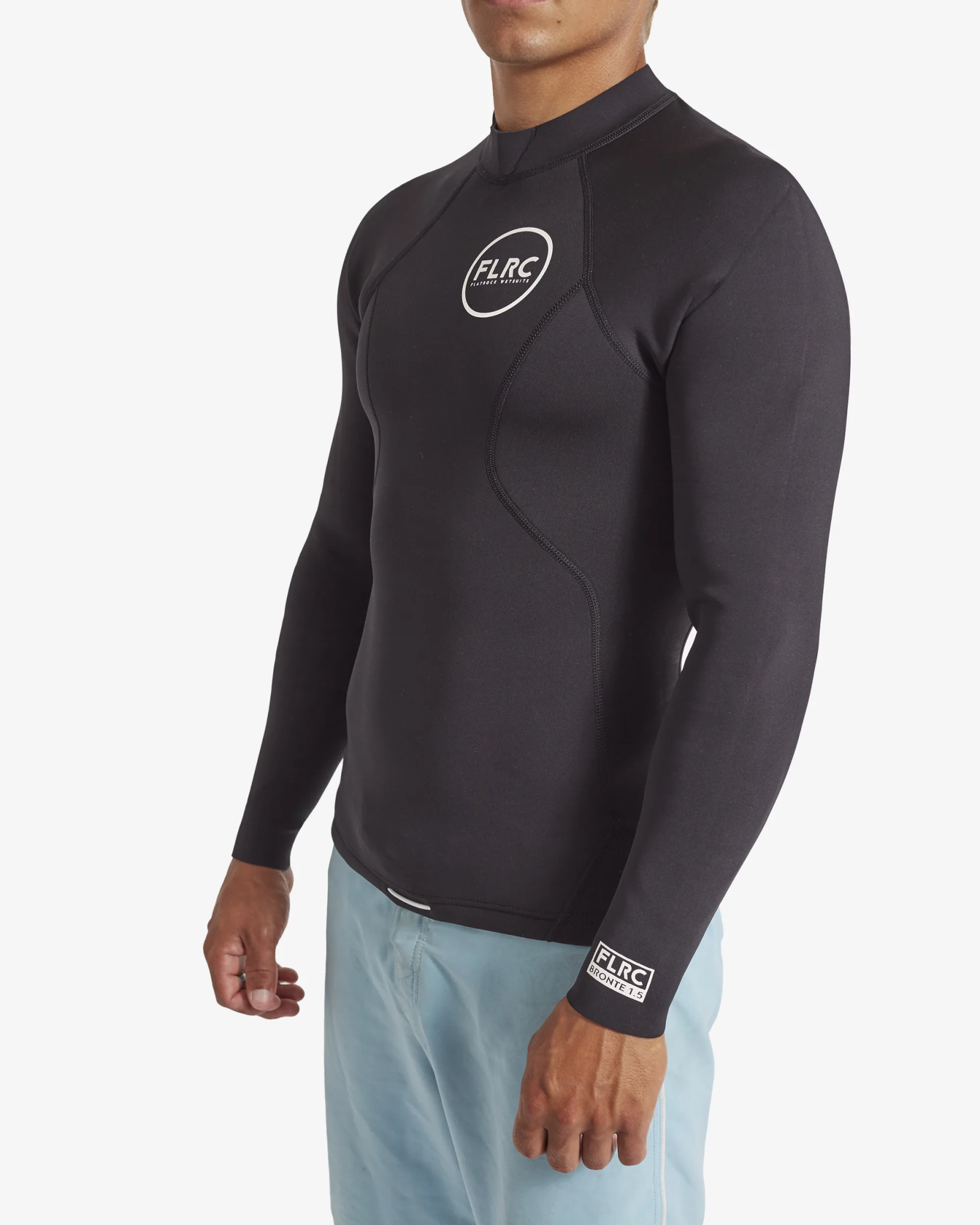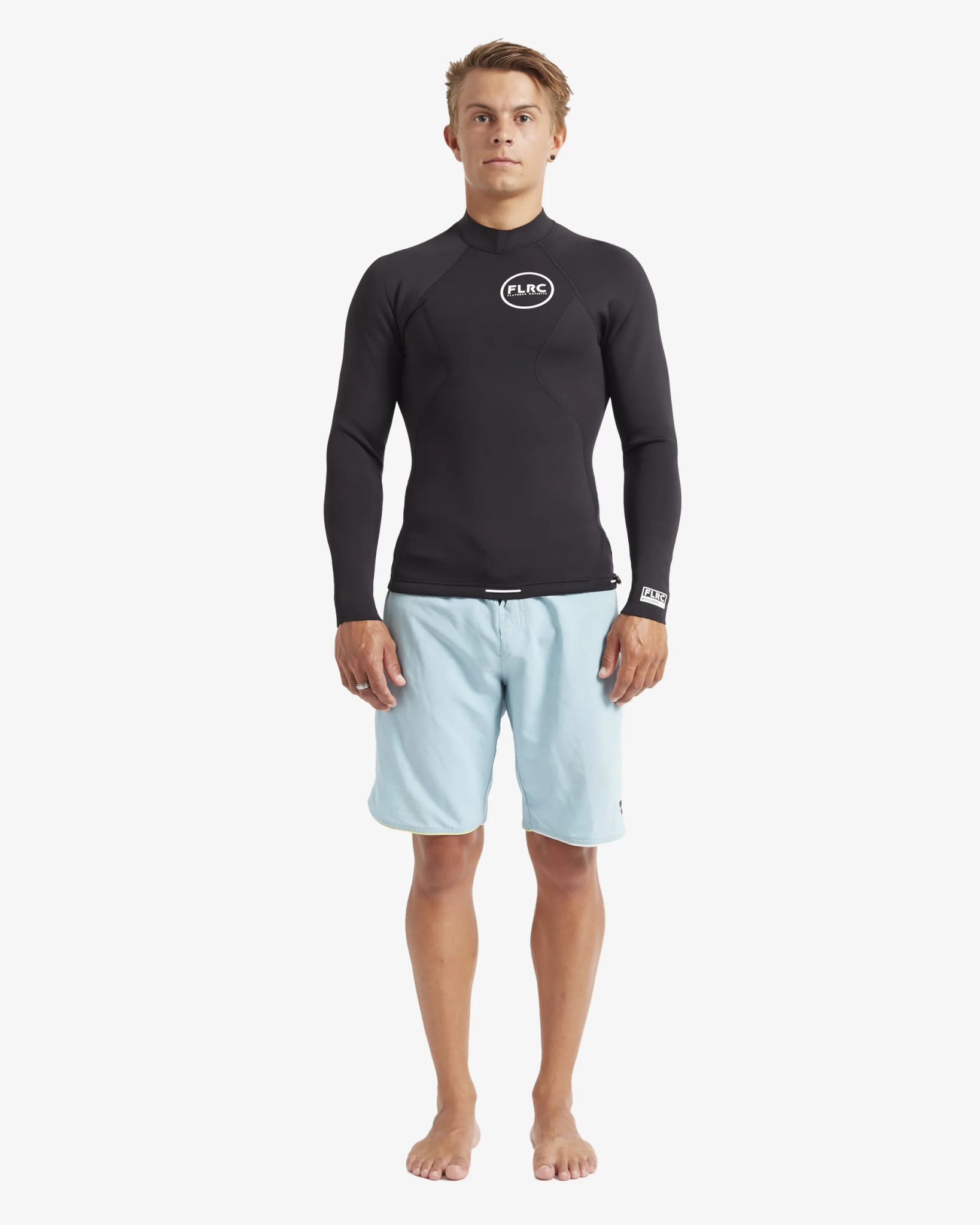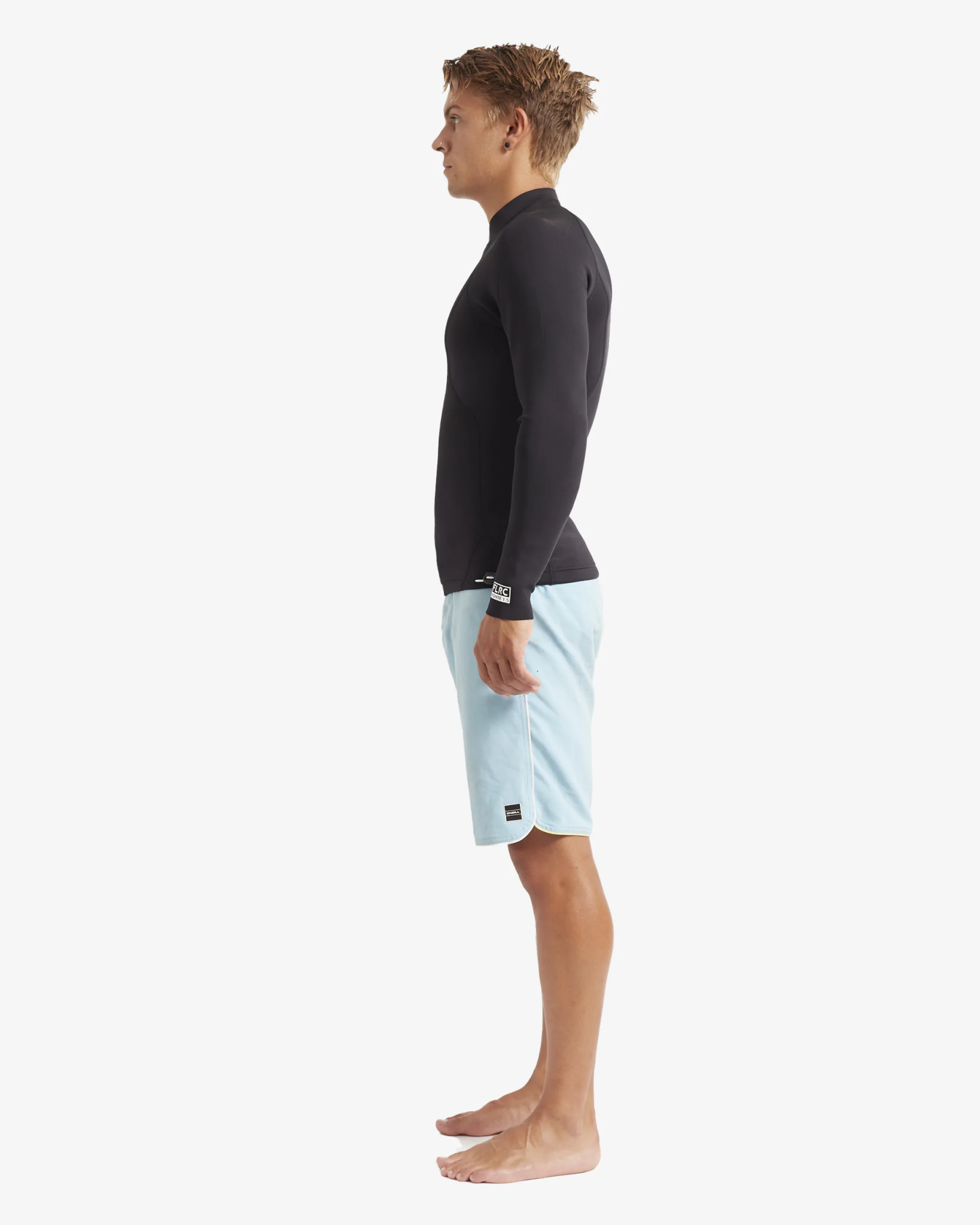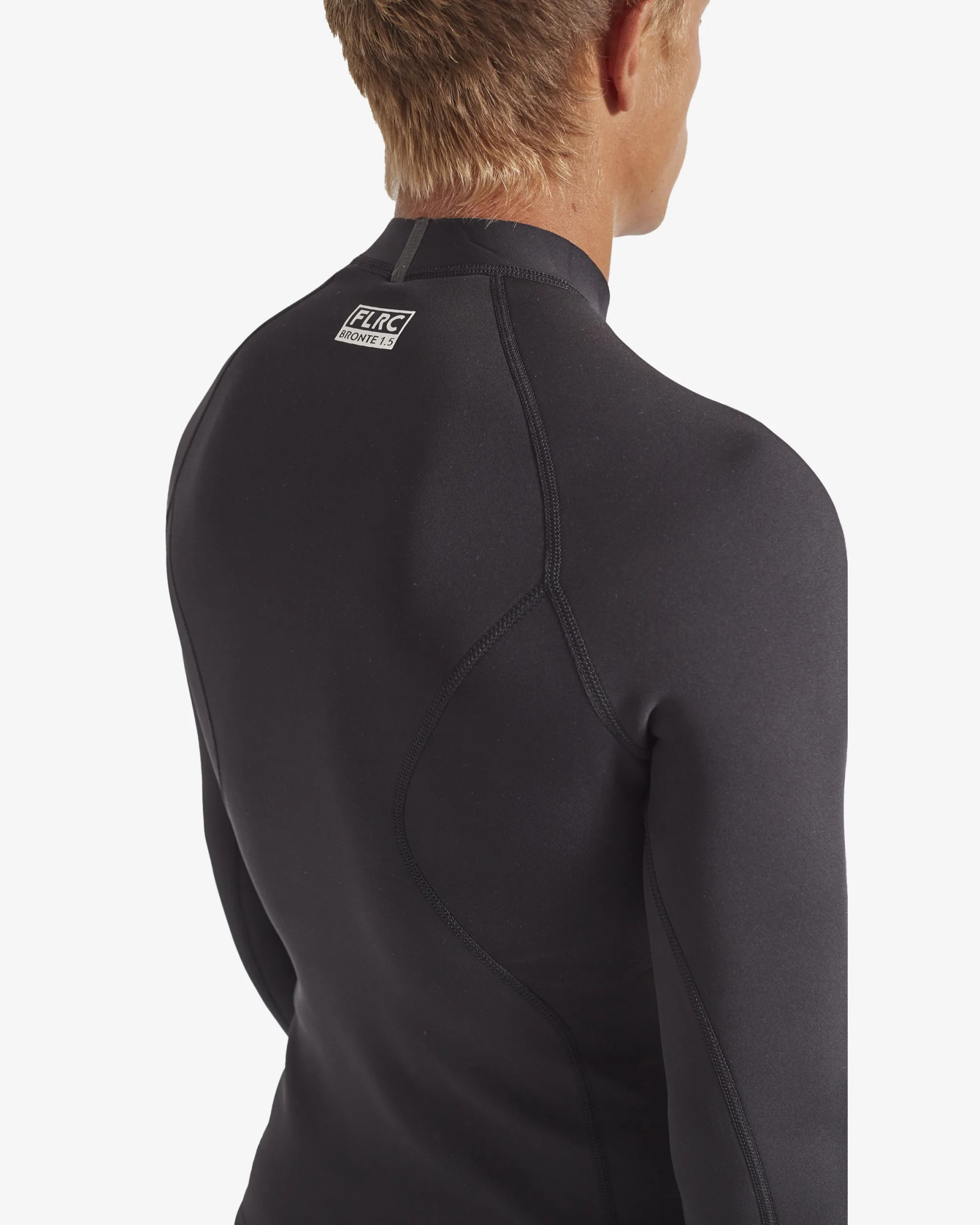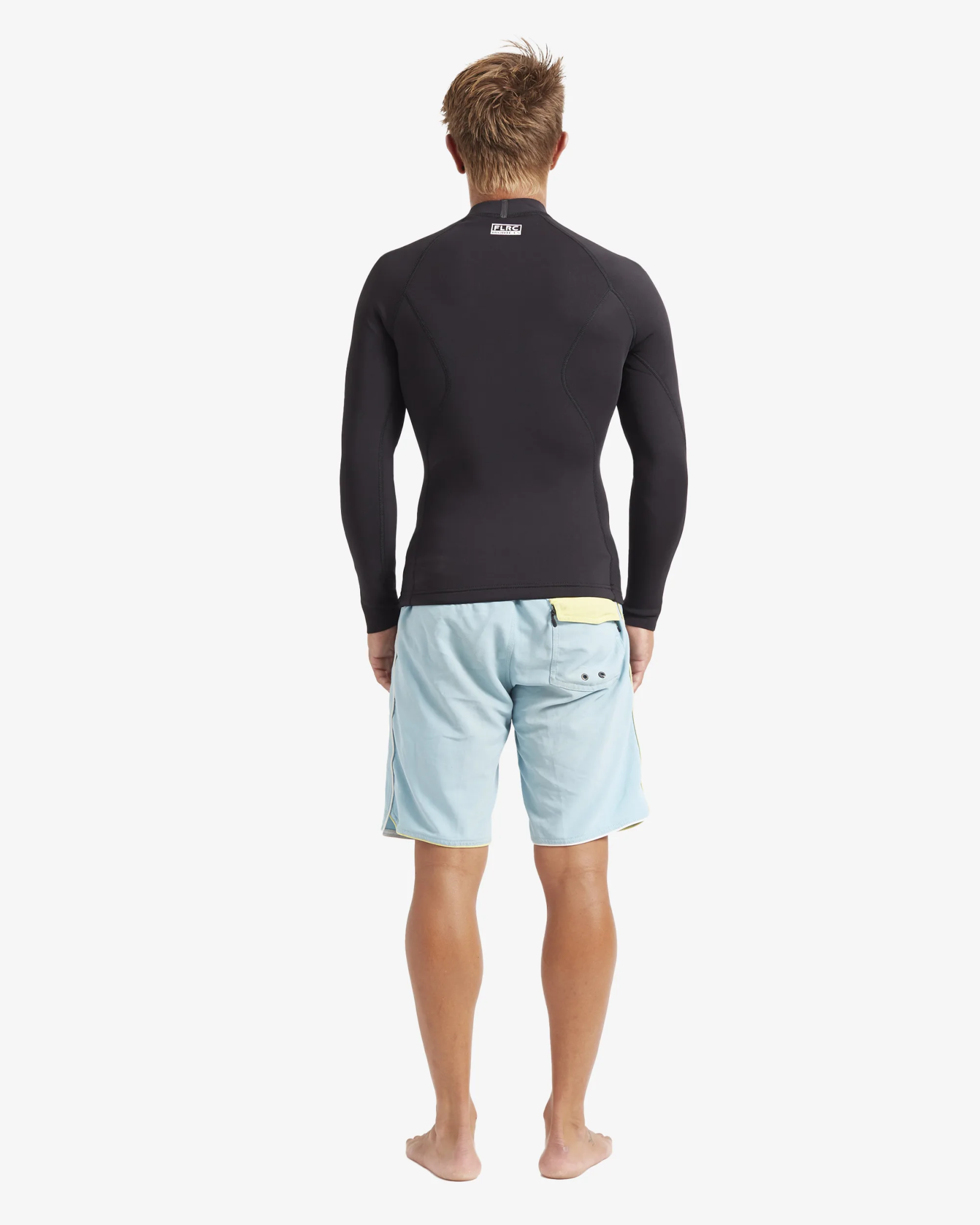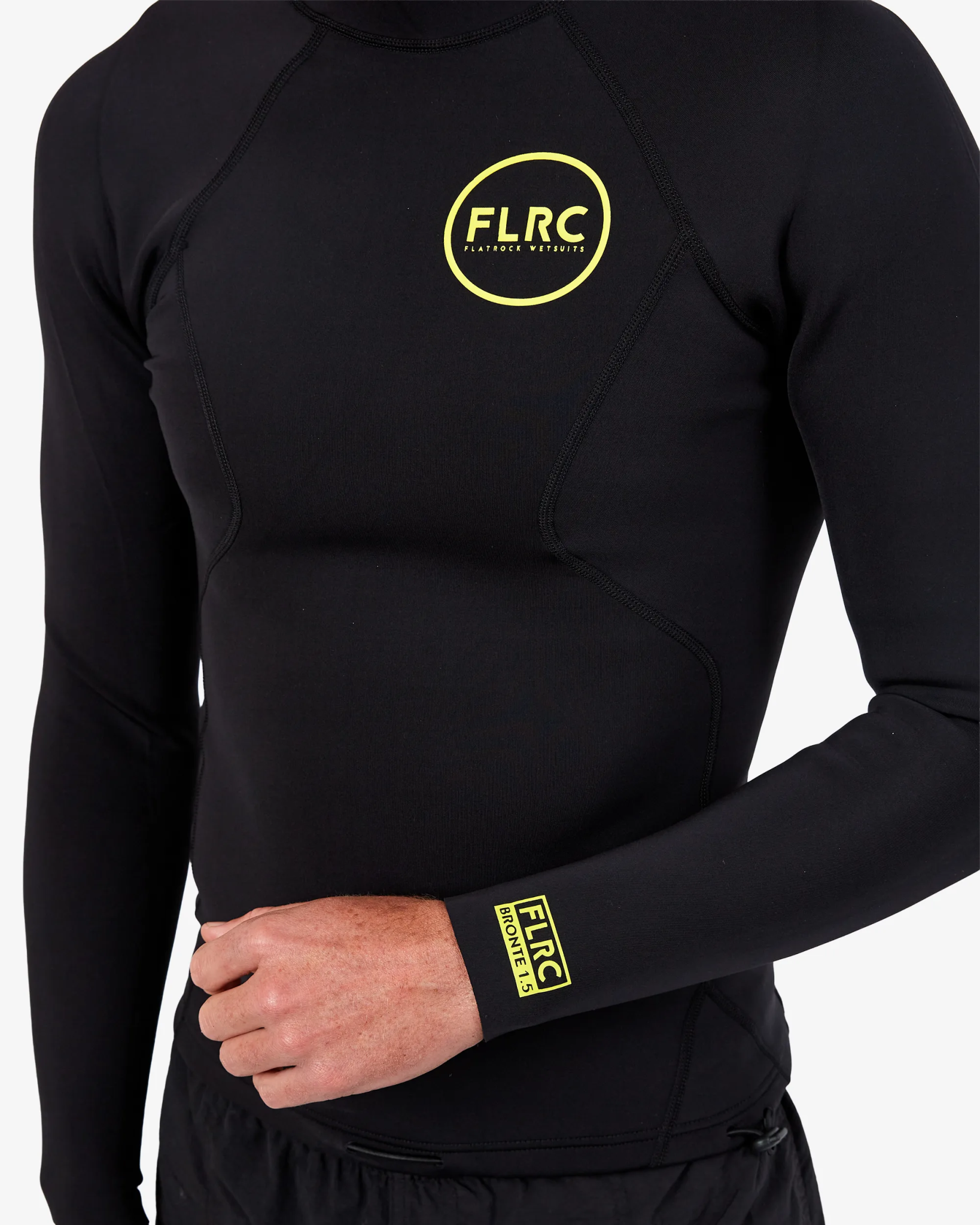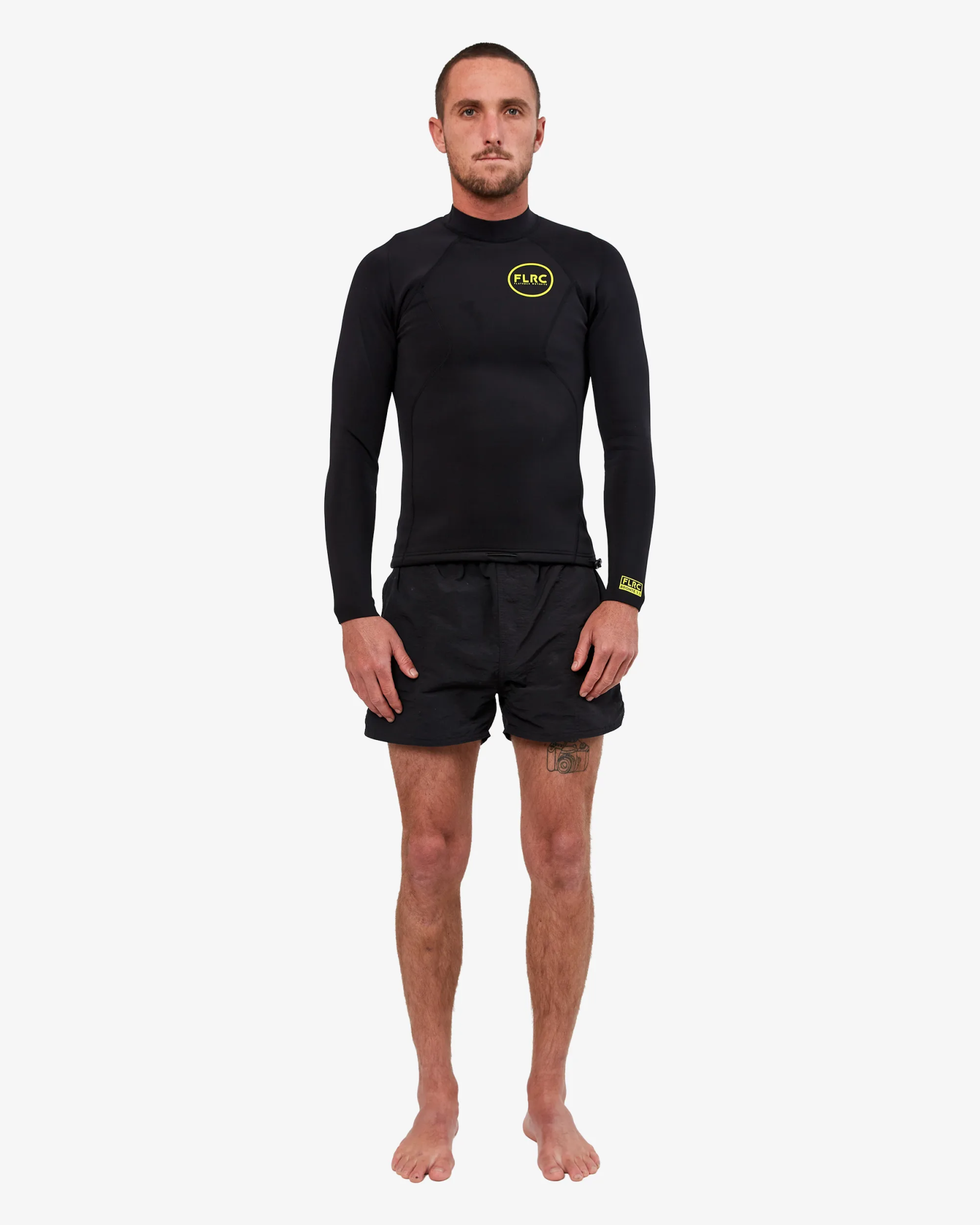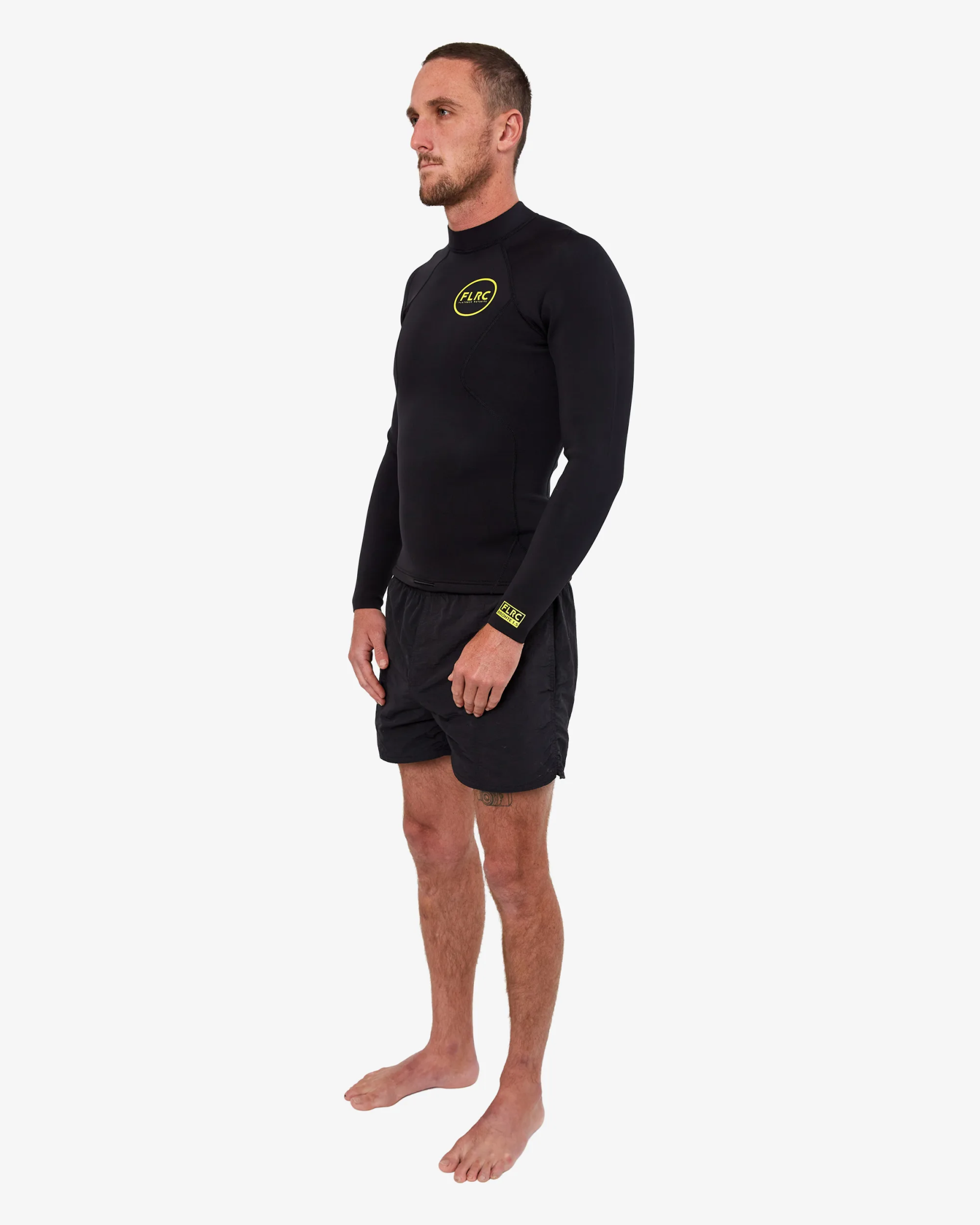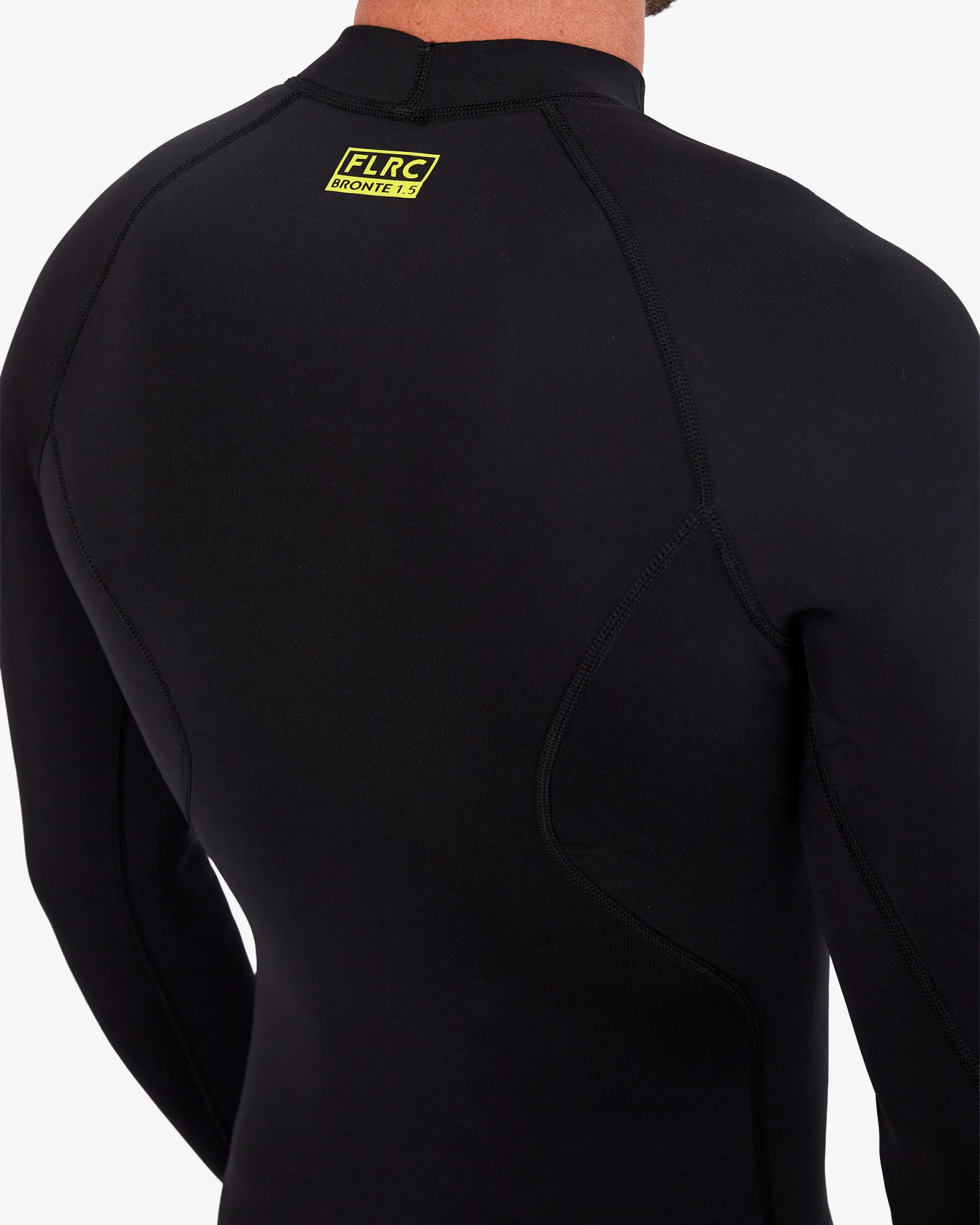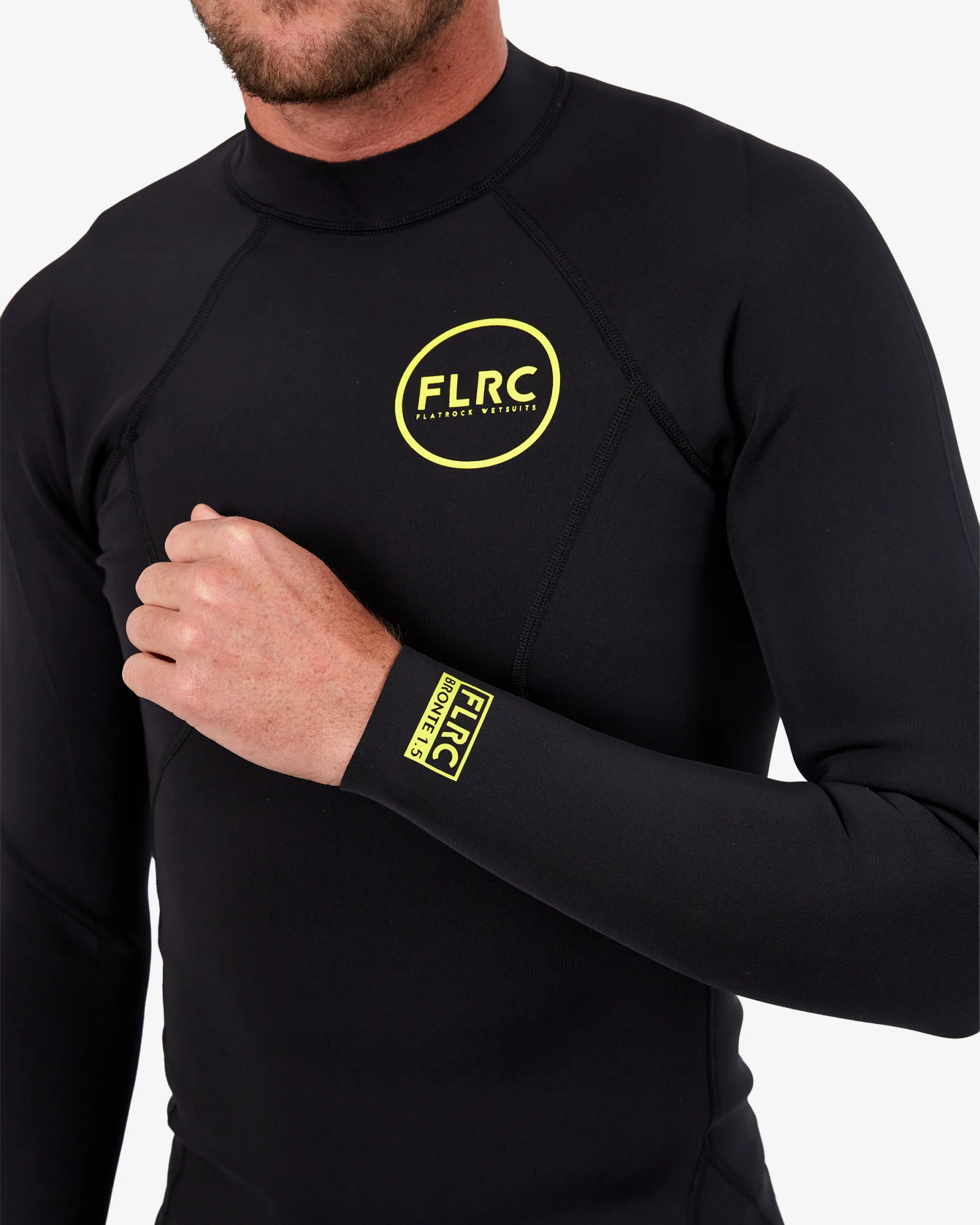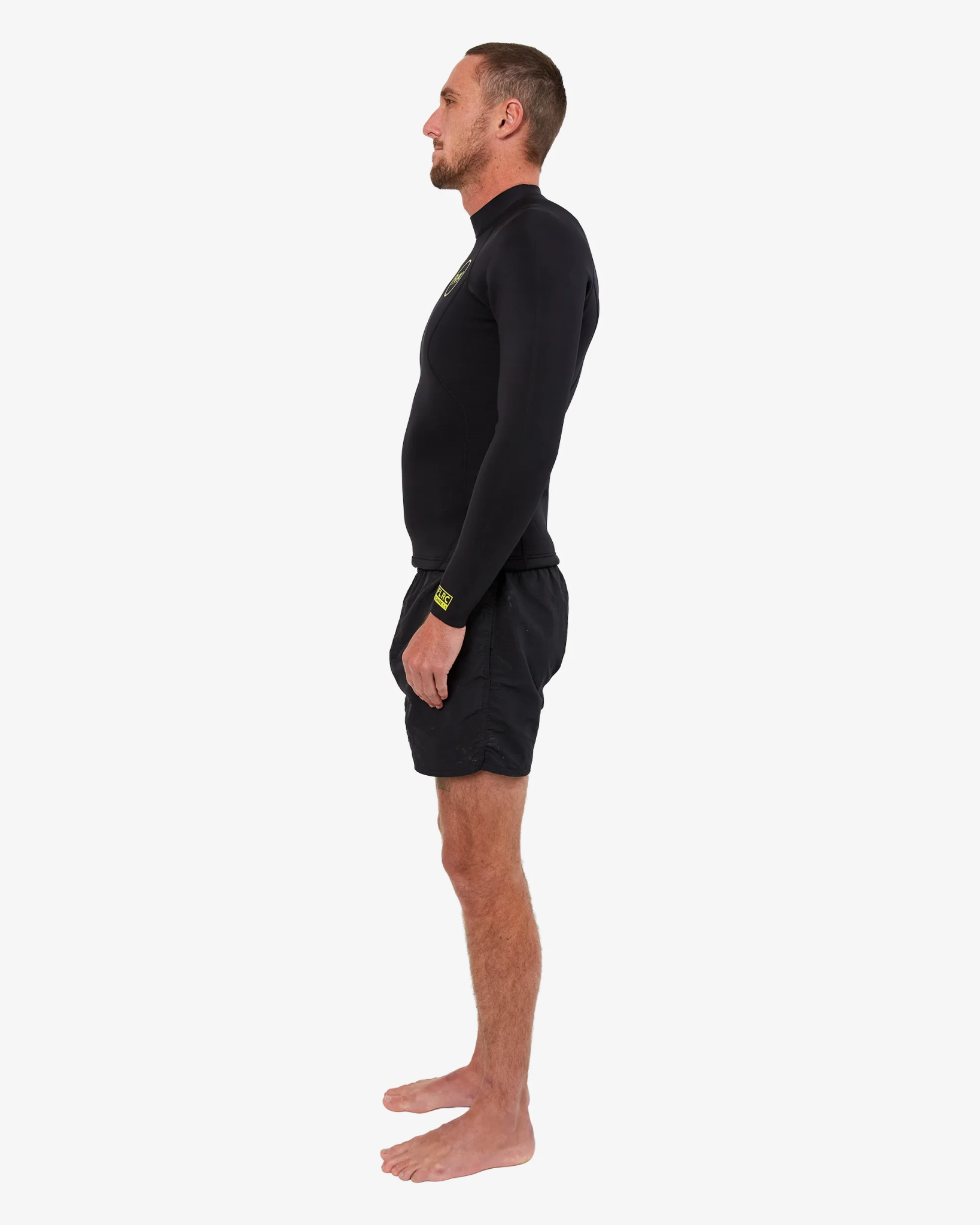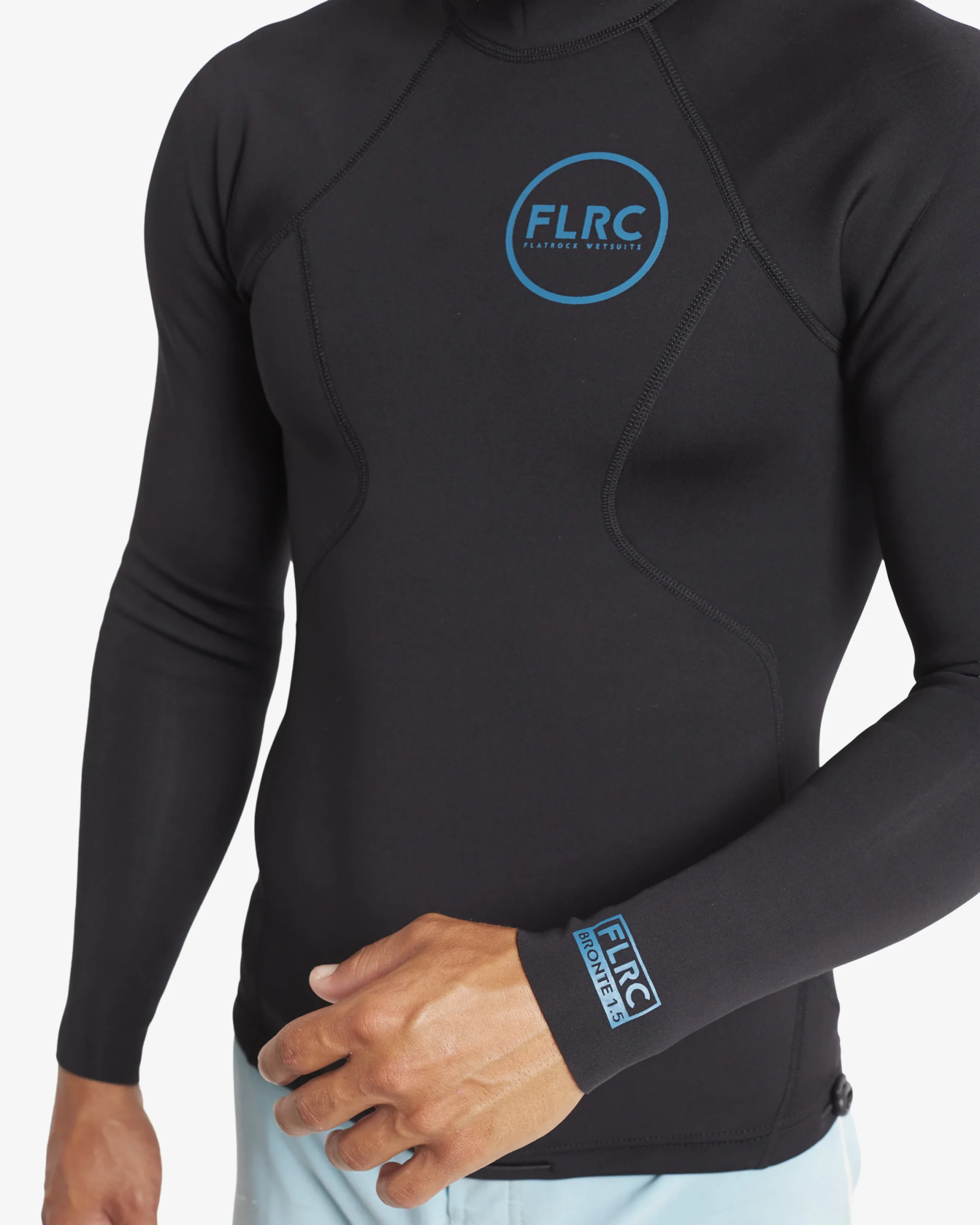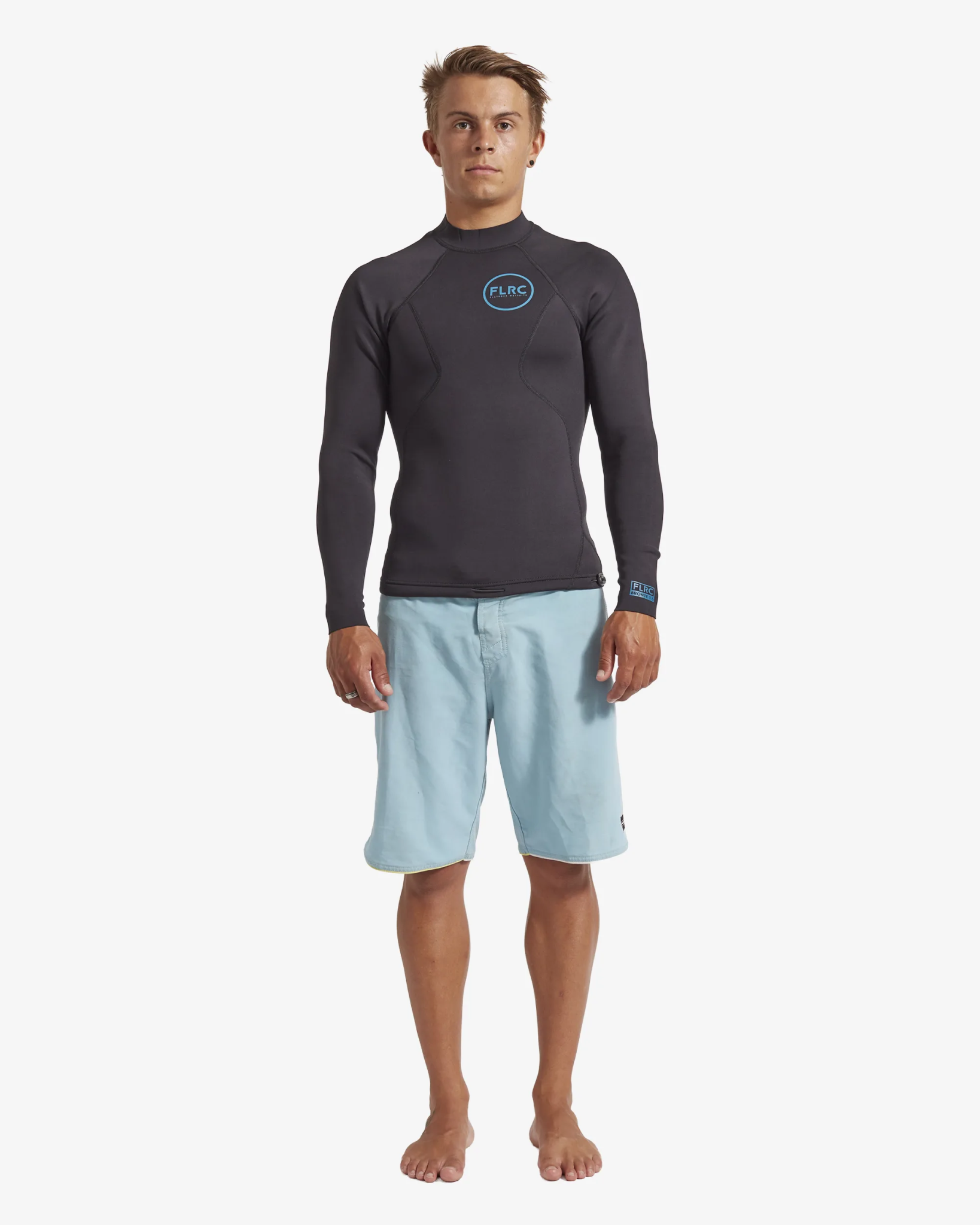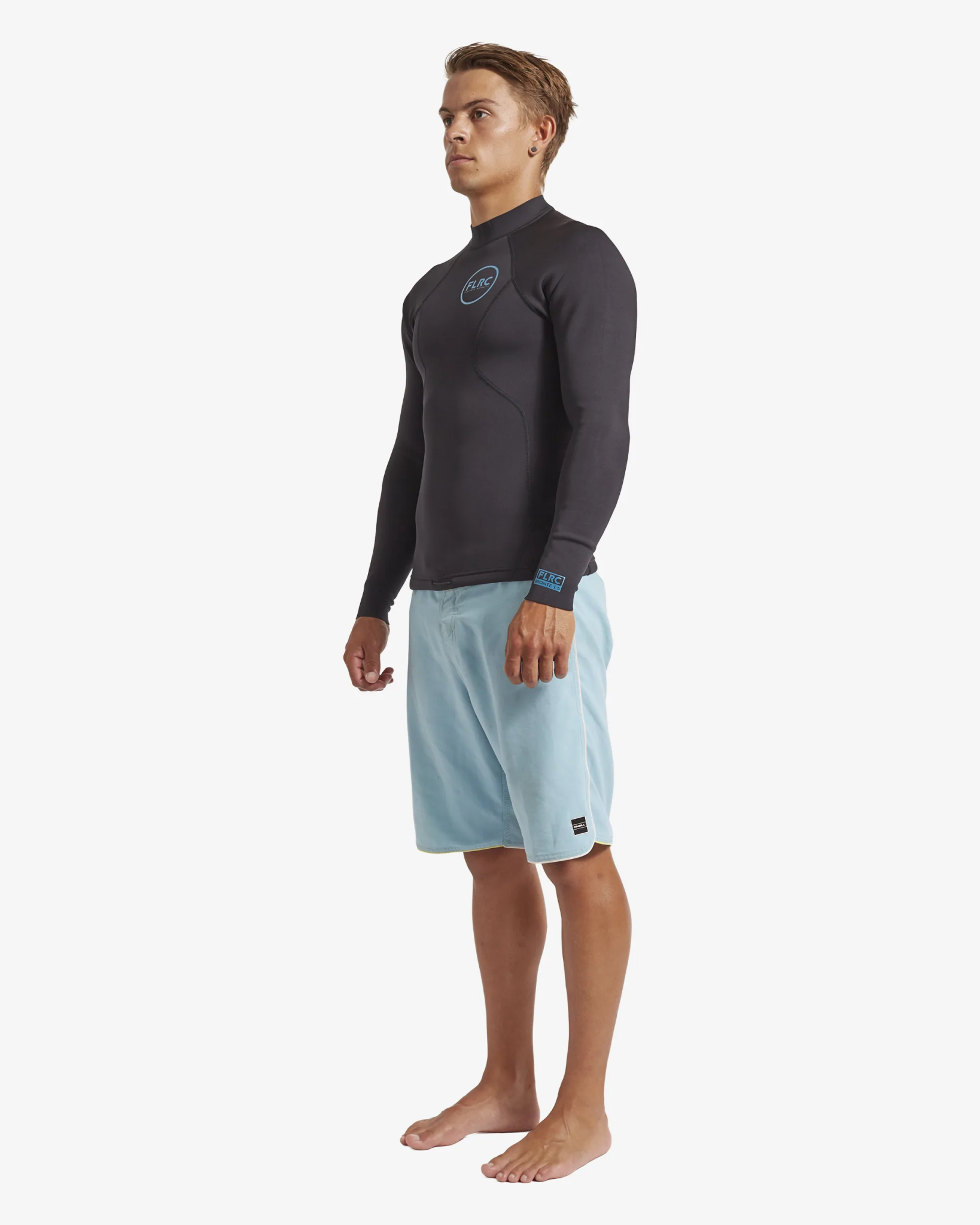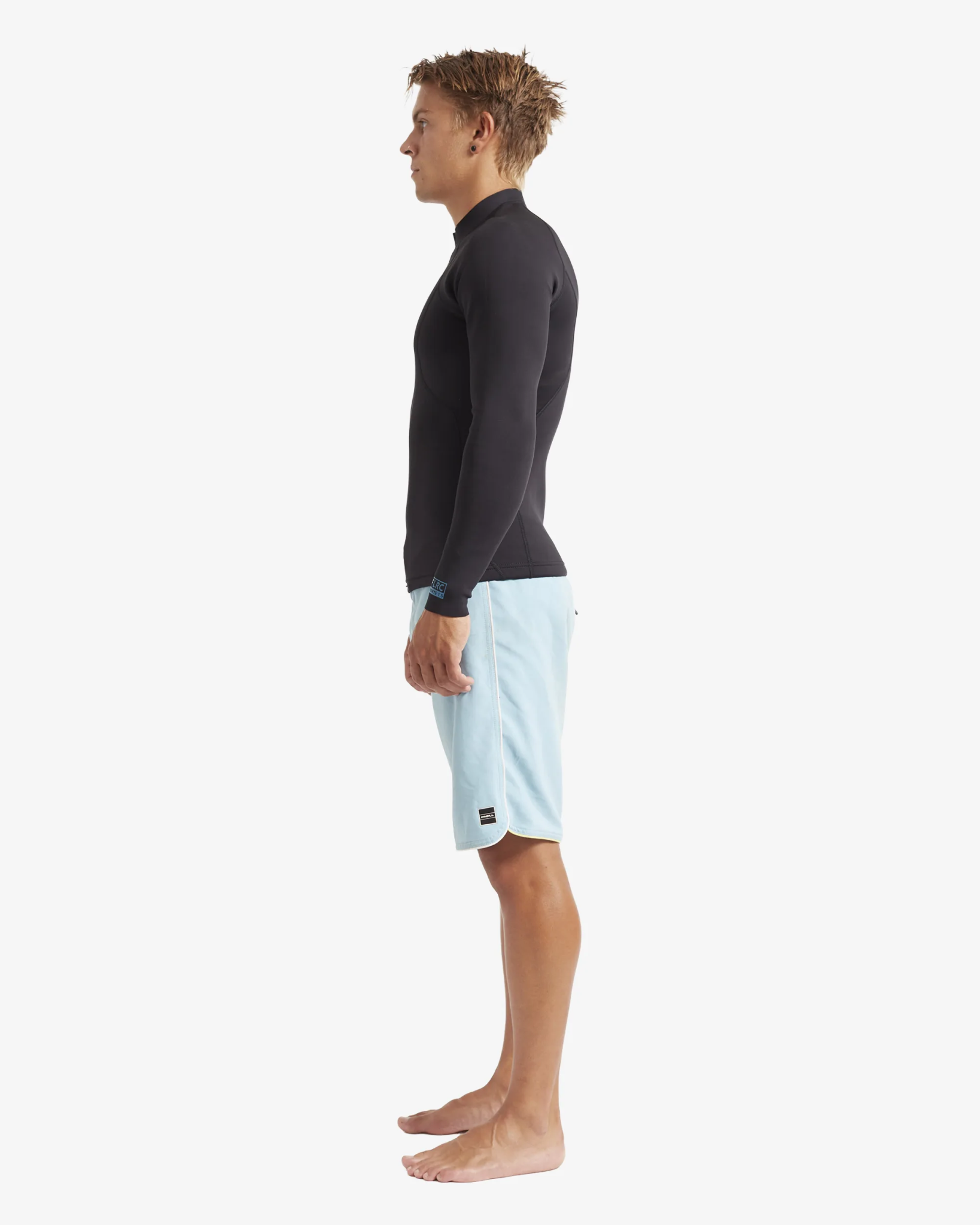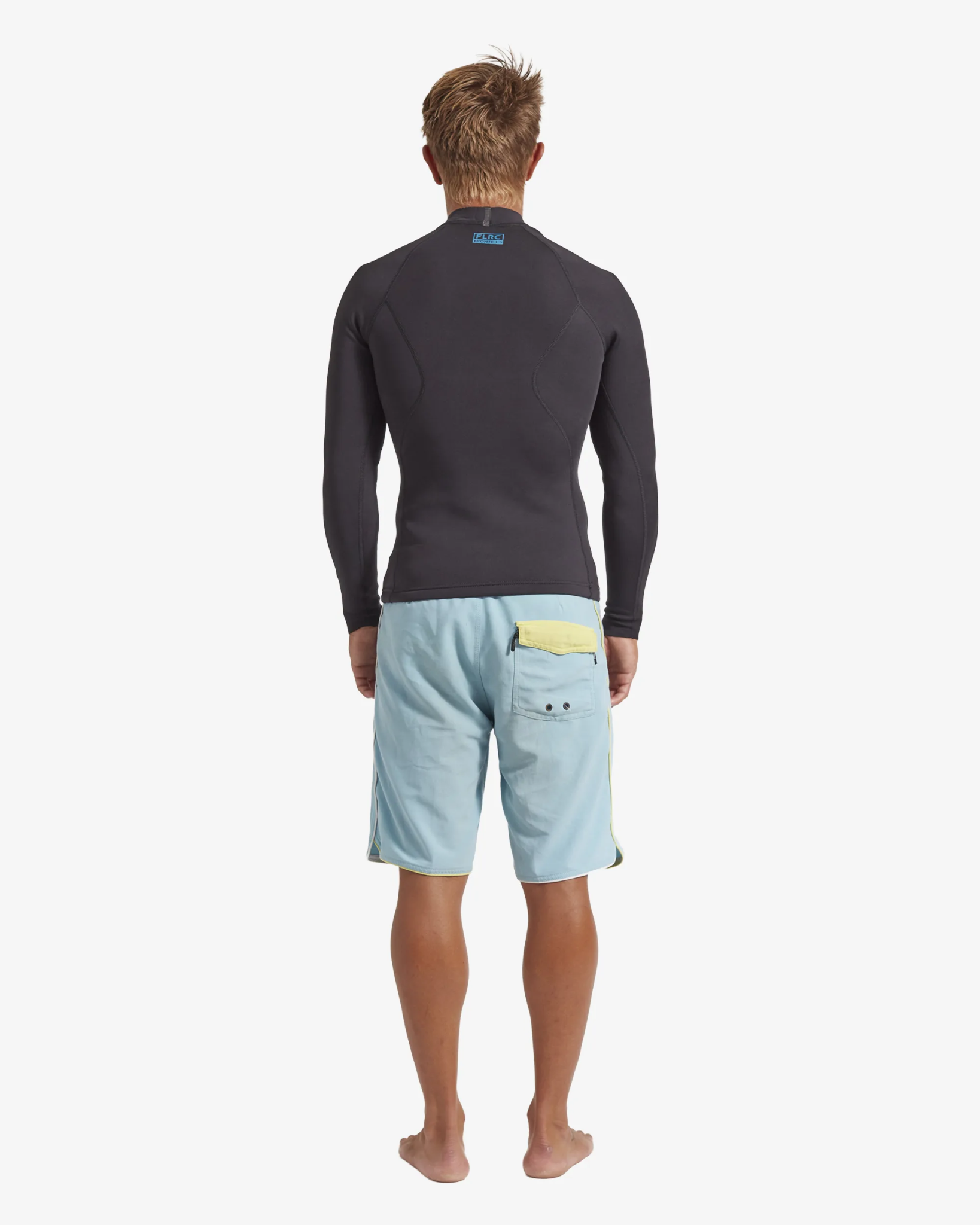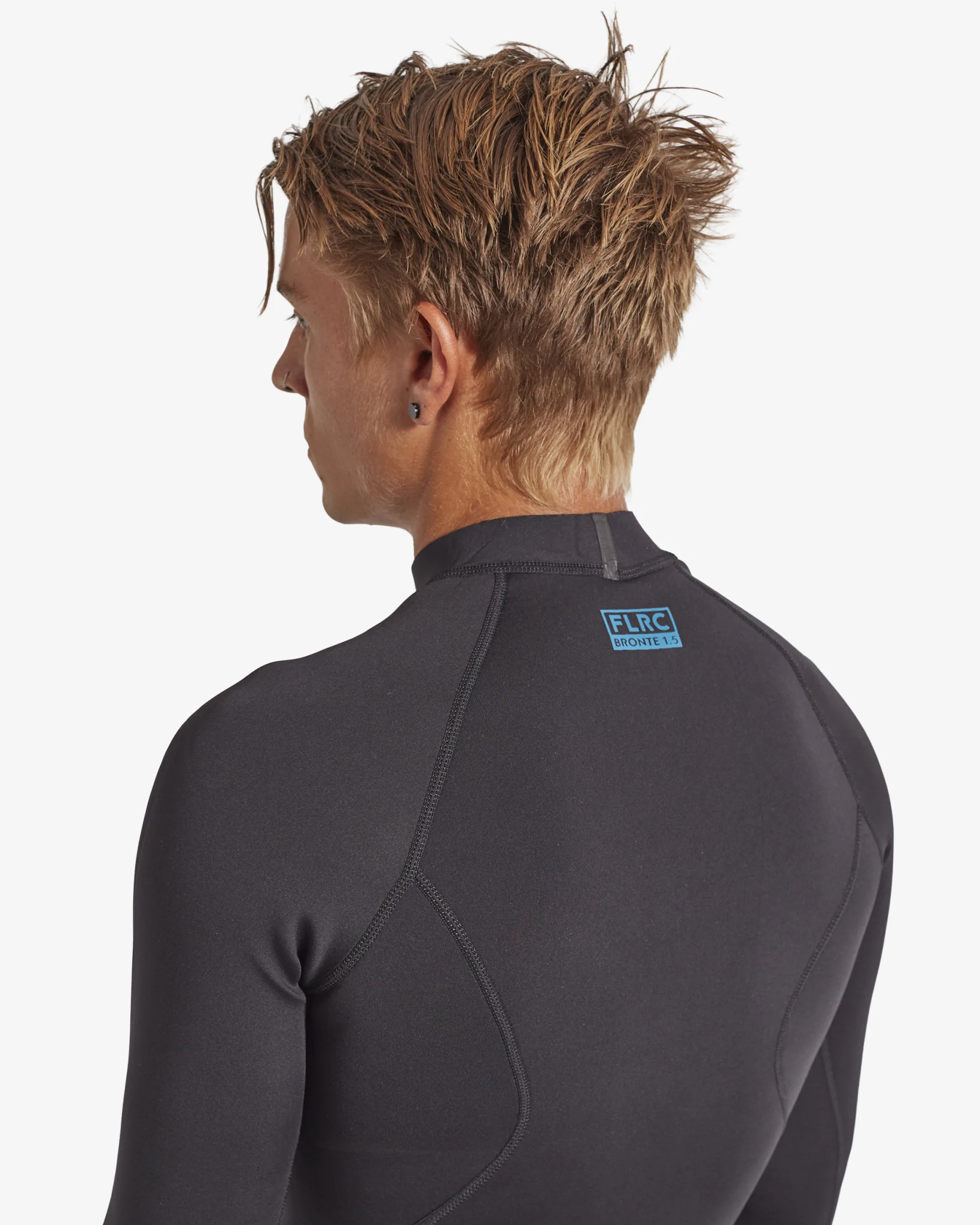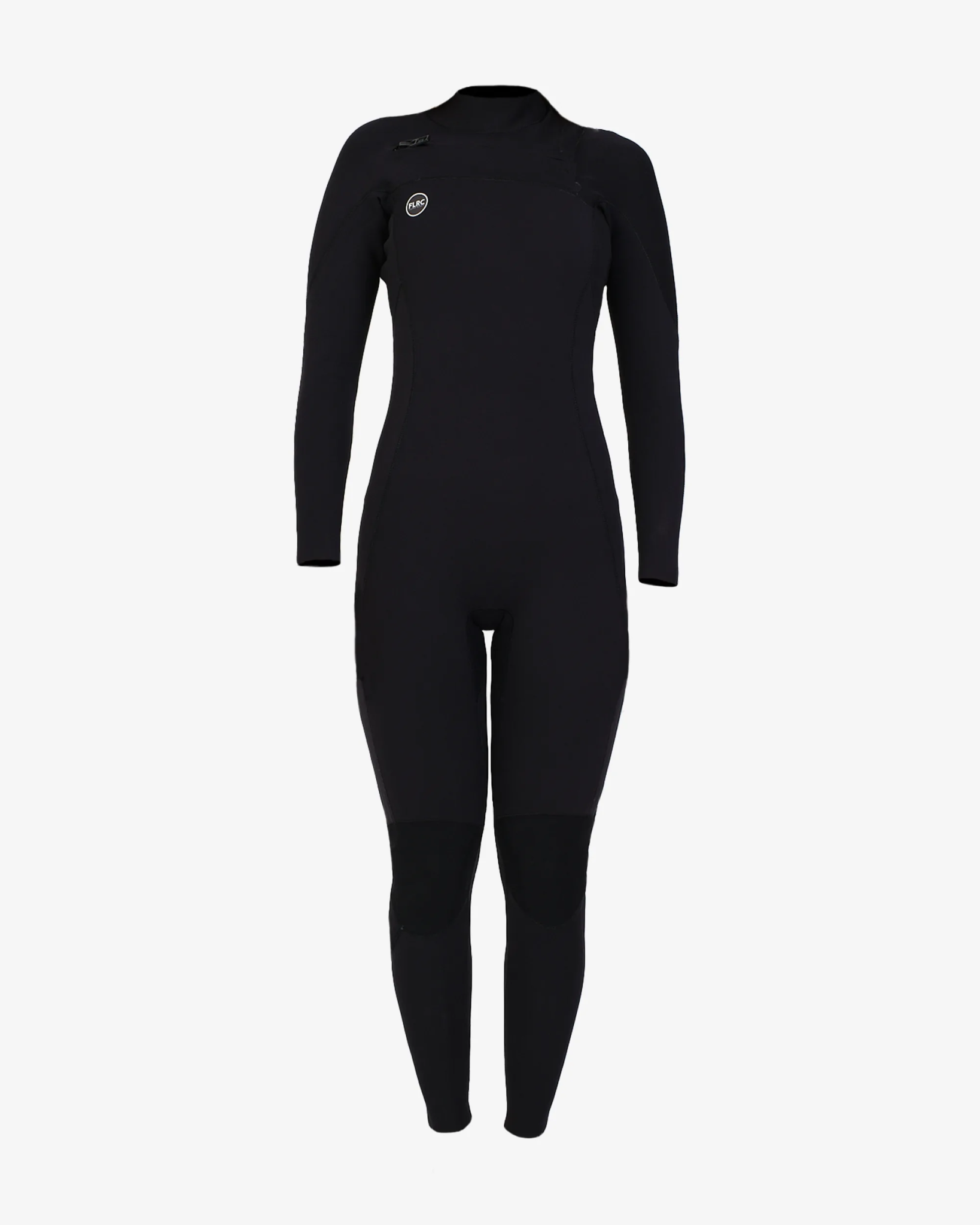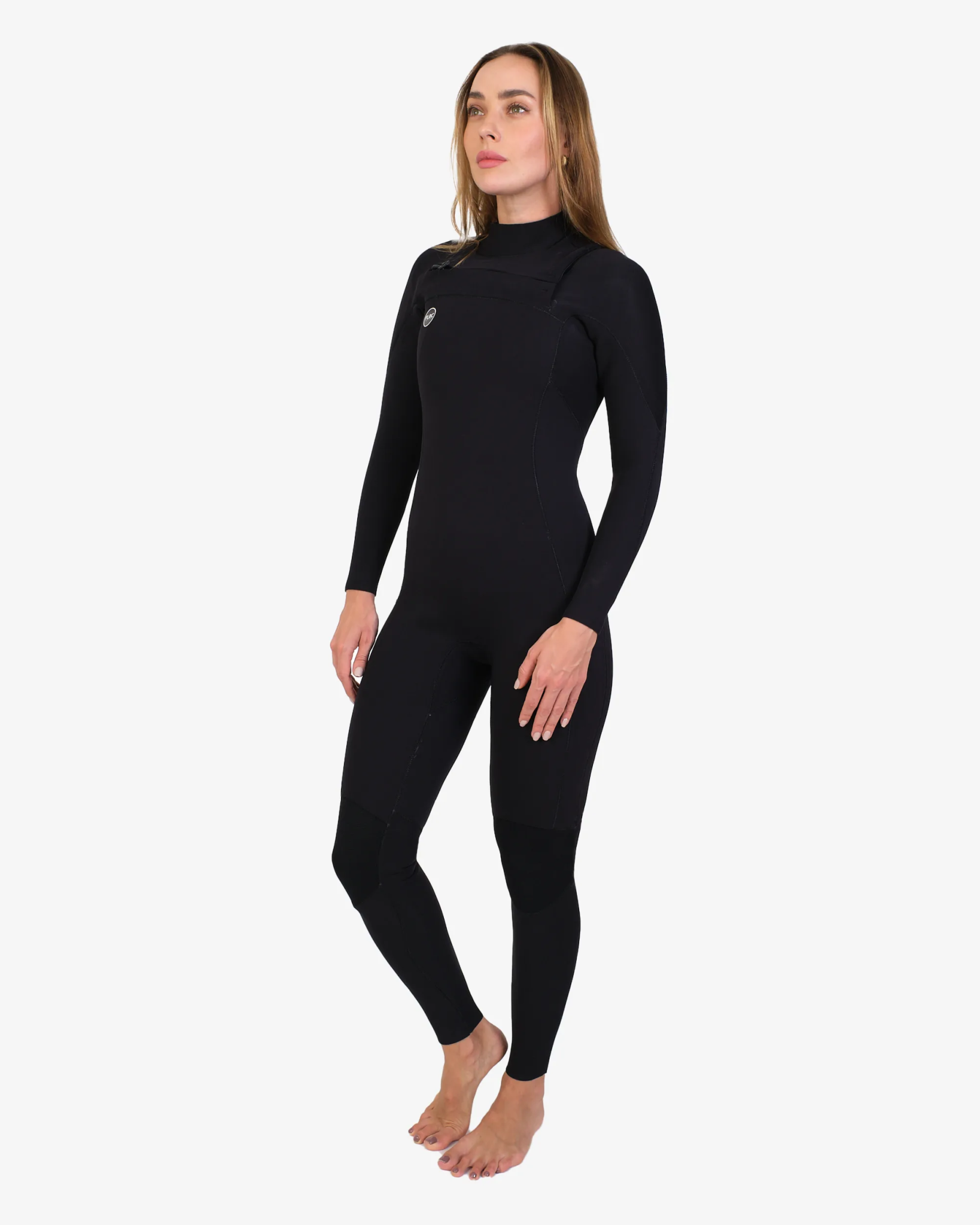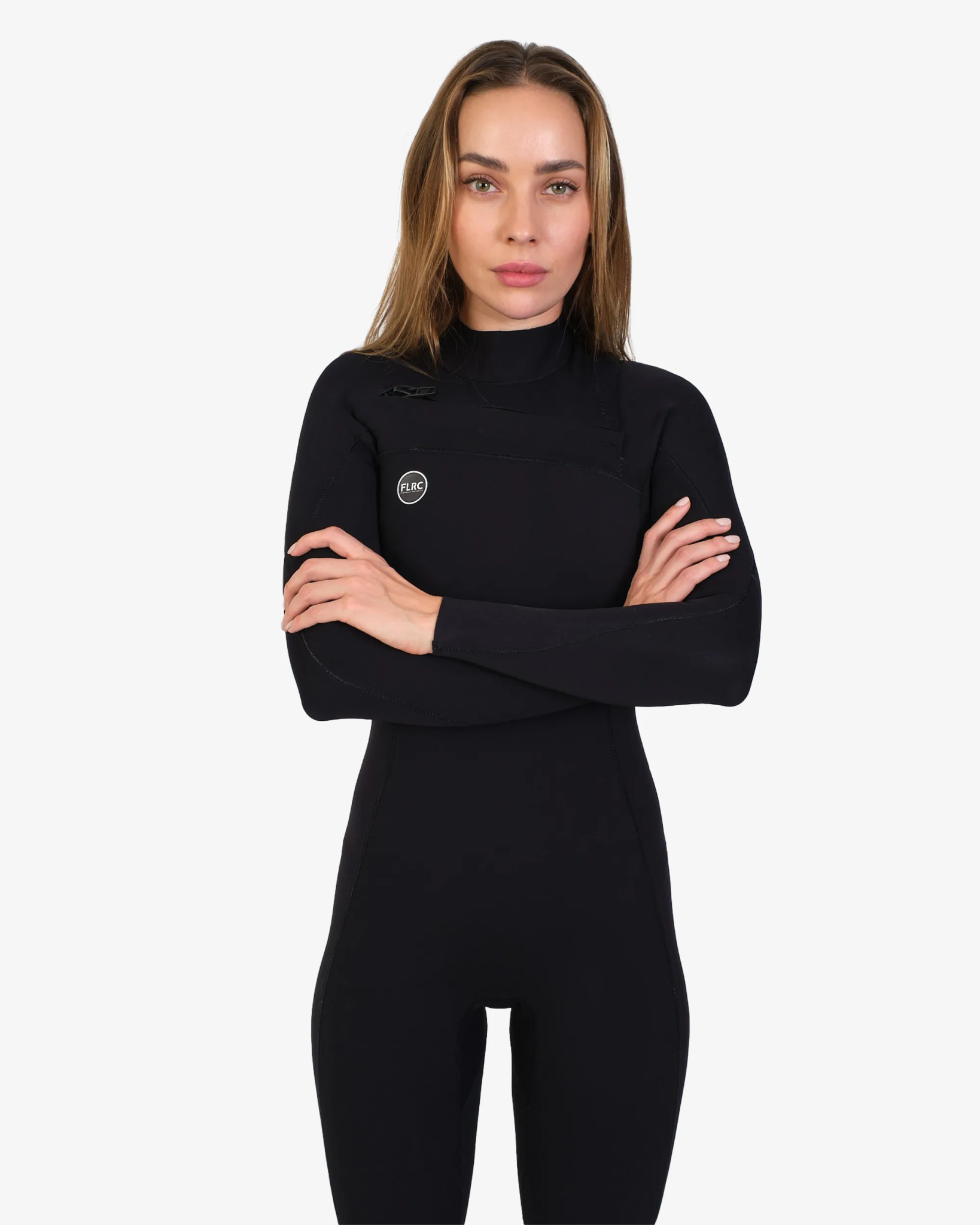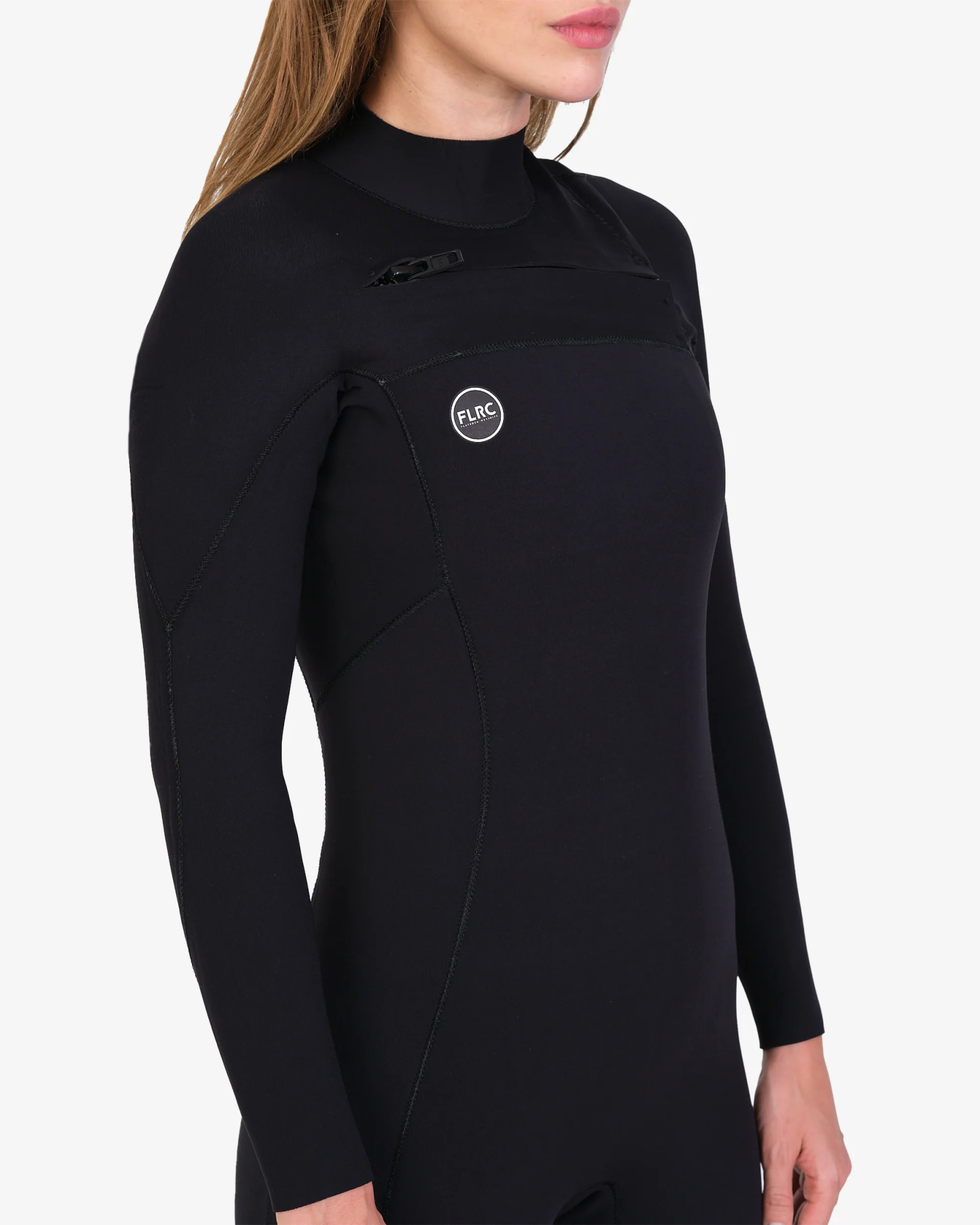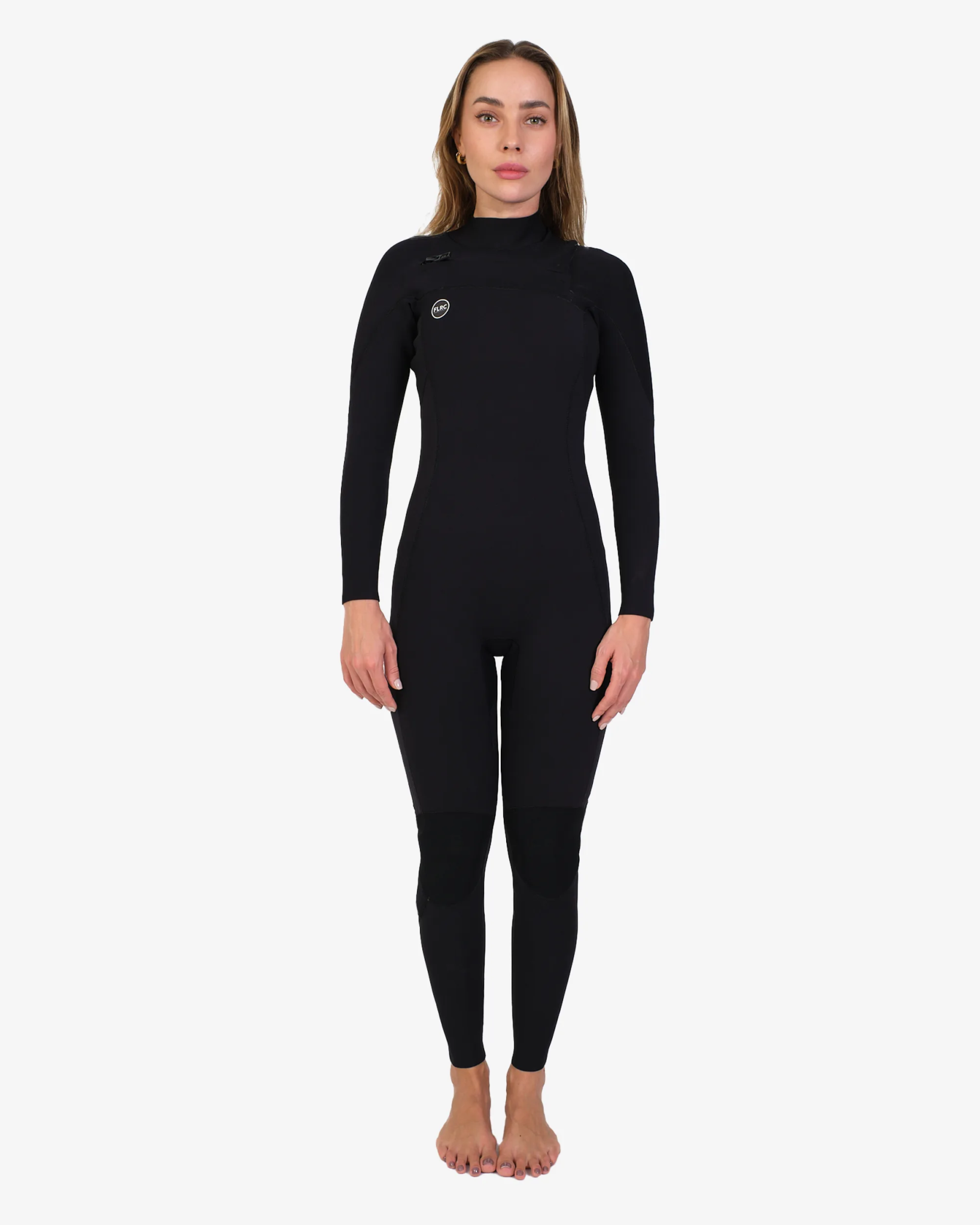Whether you’re suiting up for your very first dawn patrol, binning a salt-stiff veteran, or just curious why new rubber feels feather-light? You’re in the right spot. This guide distils the latest wetsuit science, materials, and pro tips into one quick read so you finish knowing exactly which suit will keep you warm, loose, and frothing all season.
Grab a coffee, let’s paddle out.
How do wetsuits work to keep you warm?
Quick Takeaway: A Wetsuit traps water, your body heats it, and neoprene rubber locks that warmth in.
The genius of a wetsuit lies in its ability to use water to keep you warm... sounds counterintuitive, right? Here's how it works:
- Controlled water entry – Your wetsuit traps a thin layer of water (≈ 0.5–1 mm) between your skin and the rubber.
- Body-powered heating – Your body heat warms the trapped water in seconds, turning it into a liquid blanket.
- Neoprene insulation – Millions of nitrogen bubbles in the wetsuit slow heat loss, sealed seams prevent cold water flushes, and the wetsuits surface blocks wind to cut wind chill.
- Thermal tech boost – Premium wetsuits incorporate thermal linings that reflect radiant body heat back at you, adding extra warmth without extra bulk.
Result: the water stays in, the heat stays on you, and the wind stays out so you can surf longer without turning blue.
What are wetsuits made from?
Quick Takeaway: Wetsuits are made from synthetic rubbers.
Neoprene has been the backbone of wetsuit technology since its development by DuPont Corporation in 1930. This synthetic rubber revolutionized water sports by offering a flexible, durable material that could keep surfers warm in cold conditions.
Structurally, neoprene is a closed-cell foam - picture a microscopic honeycomb whose pockets are filled with nitrogen gas. Those trapped bubbles act like millions of mini-thermos flasks, blocking heat loss and keeping a warm buffer between your skin and the icy sea.
The genius of neoprene lies in its versatility. Manufacturers can control its thickness (ranging from paper-thin 0.7mm to toasty 7mm) to suit different water temperatures and activities. The thicker the neoprene, the more insulation you get, but you'll trade some flexibility for that extra warmth.
Petroleum-based neoprene is the OG surf rubber, brewed from crude oil and foamed with nitrogen. It delivers reliable warmth, decent stretch, and bullet-proof durability, but it’s a touch heavier when wet and carries the heaviest carbon footprint of the bunch.
Limestone neoprene swaps oil for calcium-carbonate rock. That tweak creates a tighter cell structure, so the foam feels lighter, soaks up less water, and stretches to nearly 300 %. It’s easier on the planet than petro rubber, though mining and energy use still leave a footprint.
Yulex®, co-developed by Patagonia and the biomaterials company Yulex, swaps petro or limestone feedstocks for certified guayule and hevea tree latex. The result is a plant-based foam that matches neoprene’s warmth, with a flex that’s slightly firmer but improving, while minimising CO₂ emissions by roughly 80%.
How are wetsuits constructed?
Quick Takeaway: Neoprene panels, connective seams and internal linings are the core components.
Panel Design
Every suit starts as a digital 3D pattern that matches how surfers move; thicker slabs over lungs, kidneys, and spine for warmth, thinner slices at shoulders, elbows, and knees for paddle freedom.
Fewer, larger panels give you seamless stretch and a lighter feel, but they can’t contour every curve. Add more panels and you gain a tailored, wrinkle-free fit but every extra join becomes a potential leak point. The art is balancing sculpted fit against the reality that every seam is a doorway for water.
Seam Technology
Once the jigsaw is cut, those panels are bonded edge-to-edge to create a watertight seal.
- Entry-level suits use flatlock stitching: cheap, strong, but leaky.
- Mid-range suits upgrade to Glued & Blind-Stitched seams: panels are cemented, then needle passes only part-way through, creating a near-watertight join.
- Premium suits use internal tape, liquid rubber welds, or even stitch-free seams. Each layer of reinforcement boosts durability and warmth but adds weight and can stiffen high-stretch zones.
The smartest brands mix methods - flexible GBS in the arms, welded seams in the chest - so you paddle freely without getting flushed.
Internal Linings
Raw neoprene does an okay job of trapping heat, but a brushed “fleece” on the inside traps air pockets, wicks away excess water, and feels far cosier against bare skin.
- Full-body fleeces turn winter steamers into portable heaters but tack on weight.
- Zoned linings (torso and thighs) add warmth where blood flow is slowest while leaving shoulders light for paddling.
- Competition models often skip heavy liners entirely, betting on maximum flex over warmth.
How does wetsuit thickness work?
Quick Takeaway: The bigger the number, the thicker and warmer the rubber - core panels get the thickest foam, arms and legs stay thinner for flex.
- What the numbers mean – Wetsuits are typically graded with two numbers, such as 3 / 2 mm, where the first figure is the thicker torso rubber for core warmth (3 mm) and the second is the thinner arm-and-leg rubber for paddle freedom (2 mm); hooded suits sometimes add a third number for the hood or lower-leg panels.
- Panel mapping – Brands put thick rubber over lungs, kidneys, and spine (heat retention) and use thinner rubber at shoulders, elbows, and knees (range of motion).
- Warmth vs flex trade-off – Every extra millimetre of neoprene gives a couple more degrees of warmth but adds weight and slightly stiffens the foam.
- Fine-tuning with accessories – Boots, gloves, and hoods can add a significant amount of heat retention without jumping an entire millimetre step in the suit.
- Fit still rules – Even the toastiest 6mm rubber won’t work if it’s baggy; a snug 3 mm often beats a sloppy 4mm.
What wetsuit thickness do I need?
Quick Takeaway: Pick your suit for the coldest water you’ll surf, not the air temp on the beach.
- Cold Water beats wind chill - Water steals heat 25x faster than air, so that chilly southerly on the beach matters less than the 13°C sea you’re paddling into.
- Dawn logic - Use the coldest temp of your session (usually first light) when choosing thickness.
Wetsuit Thickness and Temperature Chart
|
Water Temp (°C) |
Water Temp (°F) |
Typical Suit |
Add-ons |
|
22 + |
72 + |
1 mm jacket / springsuit |
– |
|
18 – 22 |
64 – 72 |
3 / 2 mm full |
3 mm boots if windy |
|
14 – 18 |
57 – 64 |
4 / 3 mm full |
3–5 mm boots, light hood |
|
10 – 14 |
50 – 57 |
5 / 4 mm (or 5 / 4 / 3 mm) |
5 mm boots, 3 mm hood + gloves |
|
< 10 |
< 50 |
6 / 5 / 4 mm hooded |
7 mm boots, 5 mm mitts |
How should a wetsuit fit?
Quick Takeaway: Think “second skin”... snug everywhere, breathable at the neck, zero saggy rubber.
- Snug, not strangling – You should wrestle it on, yet still inhale comfortably once zipped.
- Smooth & wrinkle-free – No baggy neoprene at the armpits, lower back, or behind the knees.
- Seal the entry points – Neck, wrists, and ankles hug the skin so cold water can’t flush in.
- Full surf range – Squat, paddle, and windmill your arms; you’ll feel resistance, not restriction.
-
Panels in place – Kneepads sit on the knees, sleeves hit the wrist bone, legs skim the ankle bone.
What’s the difference between cheap and premium wetsuits?
Quick Takeaway: Price climbs as rubber quality, seam tech, and thermal extras improve—giving you more warmth, flex, and seasons per dollar.
When it comes to wetsuits you generally get what you pay for but that doesn’t mean you need to spend top dollar to get good value.
Budget suits ($200 – $300 AUD)
- Rubber - Standard petroleum neoprene are reliable, but heavier and less stretchy.
- Seams - Simple flat-lock stitching is strong yet prone to flushing in chilly water.
- Flex & warmth - Fine for summer sessions but expect limited stretch and minimal internal lining.
Mid-range suits ($300 – $450 AUD)
- Rubber - Higher-grade limestone or “super-stretch” blends for lighter feel and ~270 % elongation.
- Seams - Glued-and-blind-stitched (GBS) with strategic taping keeps most water out.
- Extras - Zoned fleece linings in the torso, flush-resistant chest zips, and key pocket details.
- Flex & warmth - Solid all-rounder that handles true winter surf with boots and hood.
Premium suits ($500+ AUD)
- Rubber - Top-shelf limestone or Yamamoto, ultra-light, soaks < 2 % water, dries fast.
- Seams - Fully taped or liquid-welded, sometimes stitch-free “dry seams” for maximum seal.
- Thermal tech - Full-body graphene, titanium, or lofted fleece linings.
- Flex & warmth - Feels like a comp suit but surfs like a heater; paddles loose straight out of the bag.
How long does a wetsuit last?
Quick Takeaway: Expect ≈100–250 surfs out of a suit—closer to 250 with premium rubber and good care.
Wetsuit lifespan varies dramatically based on quality and care. Regular use typically means 2-3 sessions per week.
Entry-level suits
- Strength & elasticity loss - 35–40 %
- Typical life - 1 – 1½ seasons (≈ 100 surfs)
- Main failures - Seam leaks & crushed foam cells
Mid-range suits
- Strength & elasticity loss - 25–30 %
- Typical life - 2 – 2½ seasons (≈ 150–200 surfs)
- Main failures - Stretched neck and wrist seals
Premium suits
- Strength & elasticity loss - 15–20 %
- Typical life - 3 seasons (250+ surfs)
- Main failures - Lining wear, zip corrosion
Proper care can extend any wetsuits life by 30%.
Tips to extend the lifespan of your wetsuit
- Rinse in fresh water after every surf; salt crystals shred seams.
- Dry in shade, zipper open, and never on a wire hanger – otherwise use a wide-shoulder or fold at the waist.
- Rotate suits if you surf daily; 24h of rest lets foam rebound.
- Patch nicks early with neoprene cement; tiny tears become flushing highways.
- Keep heat low - car-boot baking or hot showers accelerate cell collapse.
How Are Flatrock Wetsuits Designed?
Quick Takeaway: We designed a premium wetsuit prioritising comfort and flexibility to excel in water temperatures from 16°C and up. We avoid unnecessary bulk and stiffness wherever possible and sell direct-to-consumer to avoid middle-men mark-ups.
- Limestone Neoprene - Premium-grade limestone neoprene, known for its warmth, ultra-lightweight, exceptional stretch, and low water absorption.
- High Panel Construction - We’ve chosen to use a high number of individual panels on our suits (Our men’s 3/2 steamer has 24!) to increase suit flexibility and alignment across the body.
- Seam Integrity (GBS & Internal Taping) - To prevent water flushing in from the stitching connecting each of our panels - we glue, blind stitch and tape, our seams.
- Disconnecting Chest Zip System - The chest zip entry system fully detaches and reconnects each time you suit up eliminating zipper breakage.
- Quick-Dry Internal Lining - We use a premium quick-drying lining across the torso and back panels, enhancing warmth retention where it counts, without weighing down the rest of the body.


